Although the microwave saves a lot of time, many people have voiced concerns about its safety. Microwaves shoot electromagnetic radiation into food to heat it. Unfortunately, many items don’t respond well to that radiation.
Certain foods may explode in the microwave, and some materials, such as styrofoam, may start a house fire if you warm up the wrong variety. Before you put anything else into the most common kitchen appliance, learn what isn’t safe, clean, or practical to warm up in the microwave.
Aluminum Foil Is A Fire Hazard
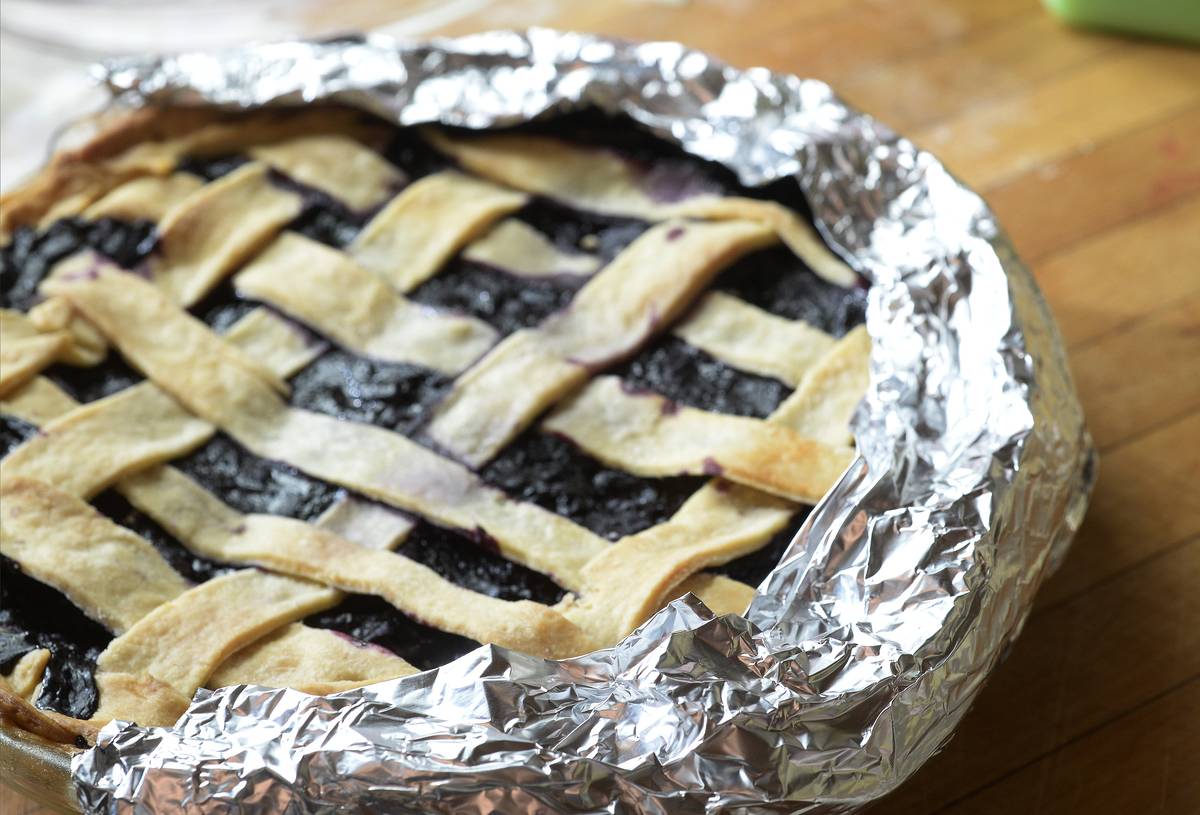
Denver Post Photo by Cyrus McCrimmon
Sponsored Links
Microwaving aluminum foil is a recipe for a fire hazard. The small electric fields spark through the foil, which may catch fire. Never put a large amount of aluminum foil in a microwave.
According to the USDA, it’s safe to put a small amount of aluminum foil in the microwave to “shield” parts of food from heat. But don’t cover more than 1/4 of the food, and make sure your foil isn’t wrinkled. Creases in foil can cause arcing, which creates sparks.
Plastic Bags And Wraps Can Leak Chemicals
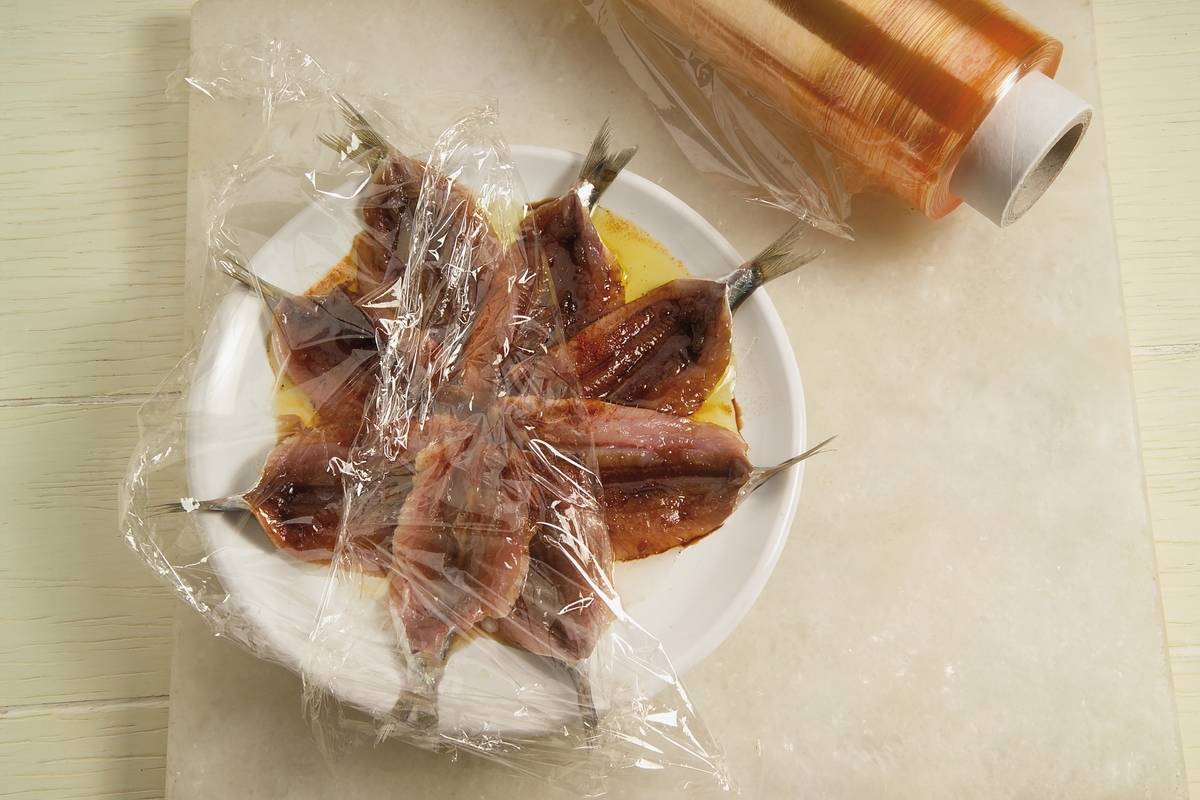
DeAgostini/Getty Images
According to Dr. Russ Hauser, the Harvard chair of the Department of Environmental Health, plastic can be made from different materials. Depending on the type of plastic used, a bag or wrap may not be microwave-safe. Fortunately, the FDA requires manufacturers to test their plastic in the microwave.
The danger of plastic is that the chemicals could leak into your food. Because of that, Dr. Hauser recommends not heating plastic in the microwave. If you use plastic wrap, don’t let it touch your food. And don’t warm zip-locking bags, either.
Frozen Meat Can Reach The Danger Zone
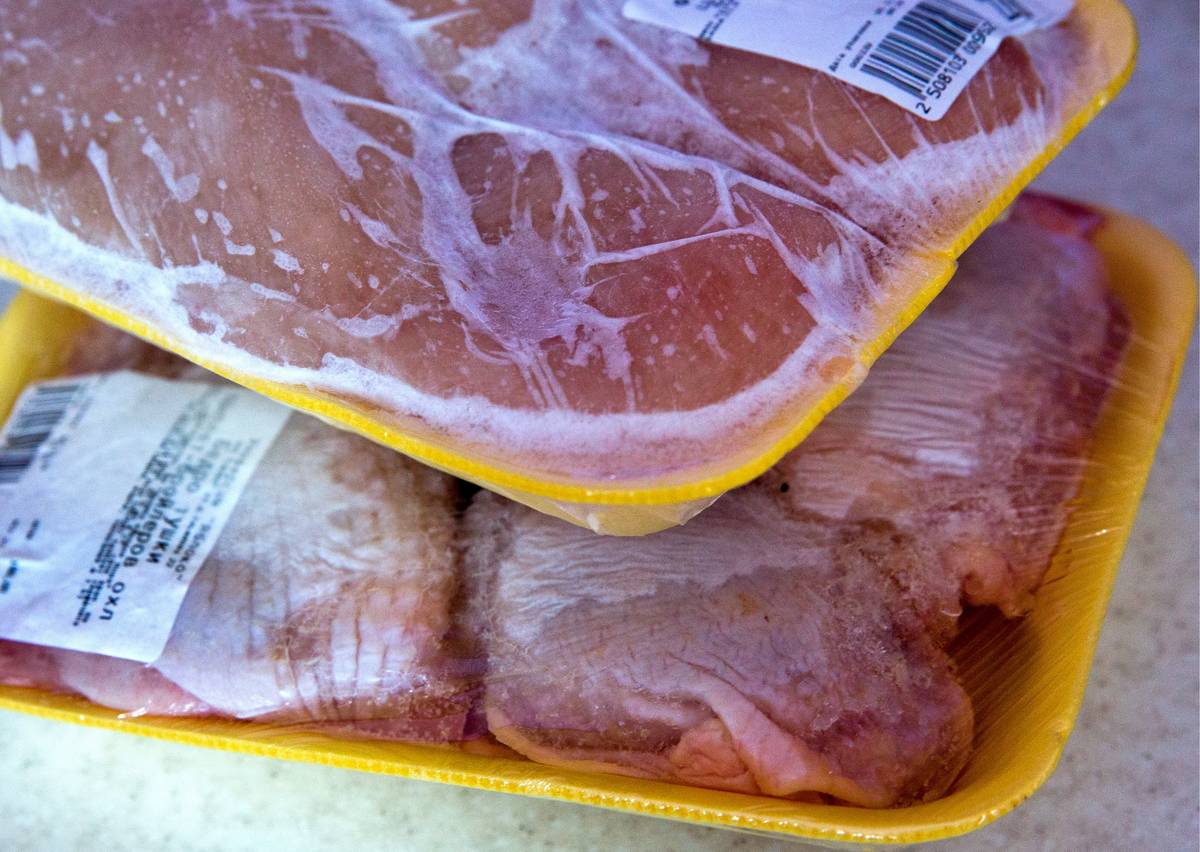
Sergei MalgavkoTASS via Getty Images
Although defrosting meat in the microwave won’t damage your kitchen, it may create a health hazard. According to the USDA, microwaving meat puts it close to the “danger zone.” That’s the temperature zone in which bacteria multiplies, between 40°F and 140°F. Only microwave meat if you’re going to cook it right afterward.
If you want to microwave meat before cooking, follow these tips from Health Canada. First, remove all packaging and transfer the meat to a microwave-safe container. Use a bowl or deep dish to contain the juices. Wrap it loosely with plastic wrap that doesn’t touch the meat, and leave an opening.
Some Glazed Ceramics Aren’t Microwave-Safe

Andrew Michael/Education Images/Universal Images Group via Getty Images
If you buy ceramics from a reliable manufacturer, they’re safe to microwave. However, beware of ceramics because some of them are not microwavable. Check the label before heating it up.
If you don’t know how safe the container is, try a water test. Pour water into the container and warm it for 30 seconds. If the container is hotter than the water, then it’s not safe to microwave. If the water is hotter, try it again for another minute.
Don’t Put Sponges In The Microwave!
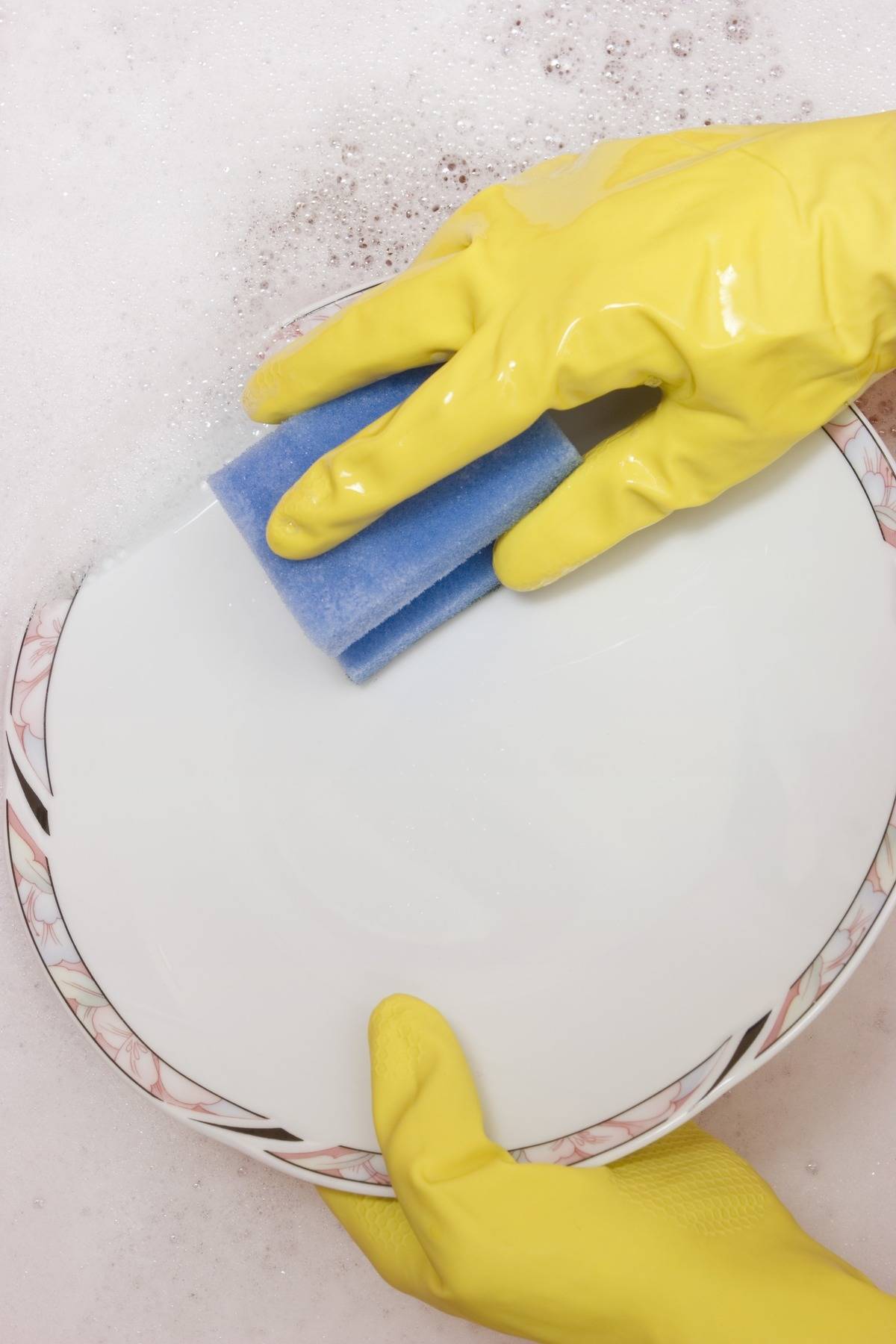
Stefan Klein/ullstein bild via Getty Images
According to a popular internet cleaning tip, microwaving a wet sponge will kill the germs on it. But it won’t. A study in Scientific Reports says that microwaving a sponge may actually make the bacteria worse. The heat may kill some pathogens, but the worst bacteria will remain on the sponge–and multiply.
Bacteria thrive in warm, moist environments, like a wet sponge in a microwave. Heating a dry sponge is even worse; it could catch on fire. If your sponge gets dirty, throw it out and replace it.
Be Sure To Read Instructions Before Using Styrofoam Products
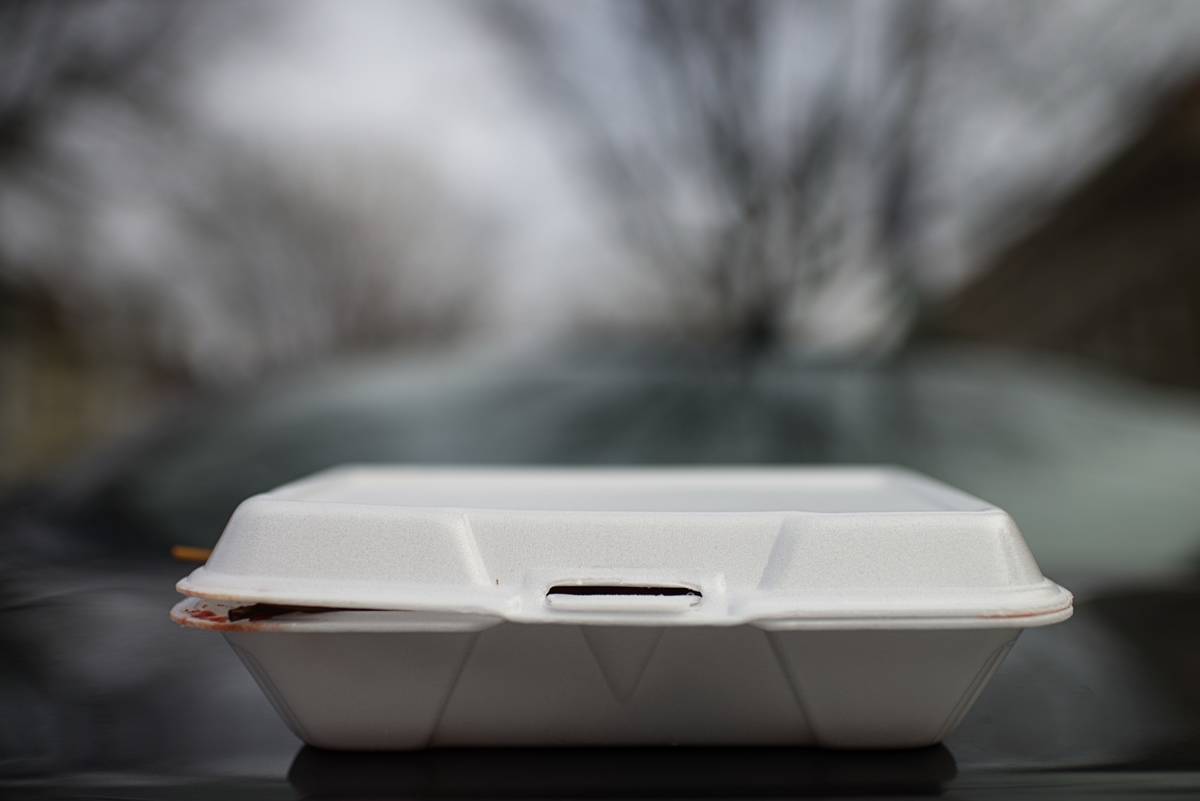
Marvin Joseph/The Washington Post via Getty Images
Contrary to popular belief, most styrofoam containers are microwave-safe. But not all of them are. Most takeout containers are not microwave-safe if they hold creams like mustard or butter. Don’t heat foods high in fat, like ramen or soup, in styrofoam containers.
Always read the instructions before heating up styrofoam. If a takeout container says “one-time use only,” don’t microwave it. If you can warm up styrofoam, open the lid a bit to allow your food to vent. And don’t keep heating after it boils.
Twist Ties Will Catch On Fire
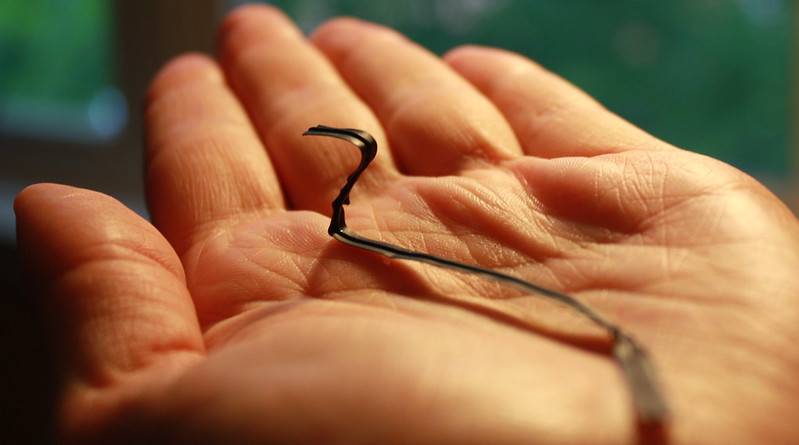
Andréanne Germain/Flickr
Never heat twist ties in a microwave. These ties are shaped with a small metal wire and covered in craft paper. The tiny bit of metal guides electrical currents that can burn, especially if that metal is twisted.
Twist ties show that metal doesn’t have to be big to harm your microwave. If the metal twists or wrinkles, it can cause a fire. Before heating up a container or wrapper, check it for any small bits of metal. However, staples in tea bags are safe.
Containers With Metal Handles
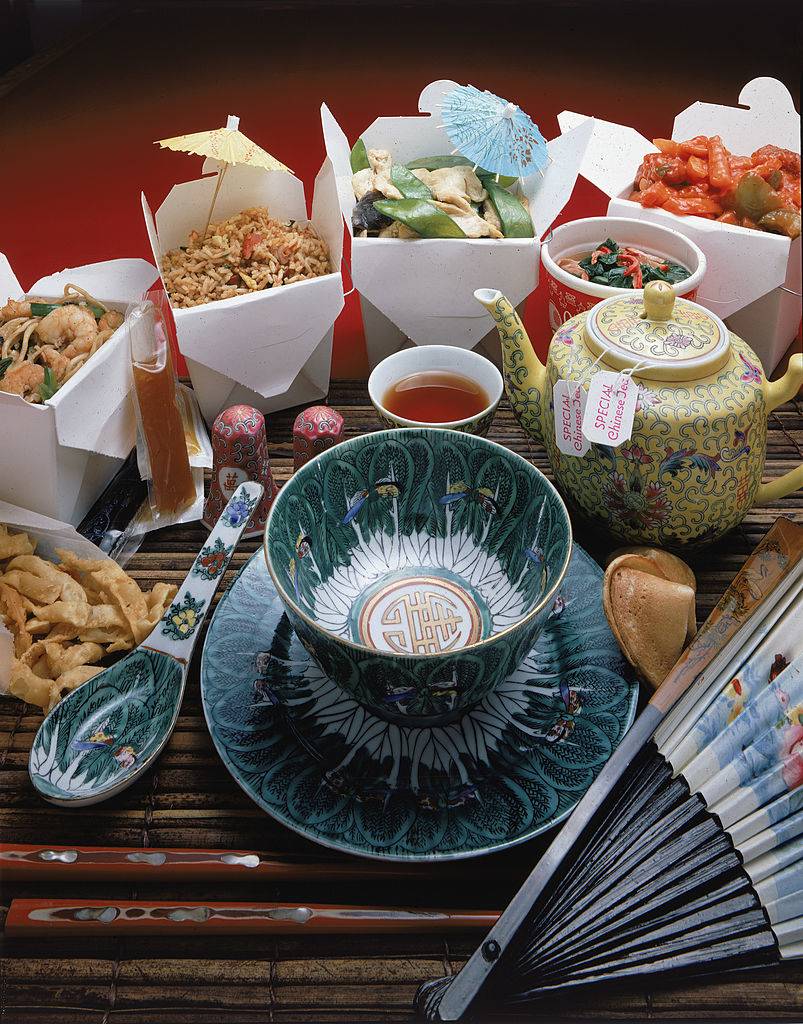
Hulton Archive/Getty Images
The USDA lists all safe and unsafe metals for microwaving. Unfortunately, most takeout containers don’t adhere to the safety requirements list. Boxes with small metal handles should not be microwaved because they can burn the paper and start a fire.
Before microwaving a takeout container, remove the handles. Most paper is safe to warm up without the metal. When heating up food, never pair metal with paper, as that’s a recipe for a house fire. You can always transfer the food before warming it.
Dishes With A Metal Trim Can Quickly Overheat

Anjelika Gretskaia/REDA&CO/Universal Images Group via Getty Images
If your dish, cup, or bowl has a metal trim, don’t microwave it. This includes dinnerware with gold, which was not designed to withstand high heat. The metal may overheat and create tiny sparks that will damage your microwave and dishware.
Most retailers who make silver, copper, or golden-laden dishes do not make them microwave-safe. But some newer versions have been built to handle microwaves. Always read the label before warming it up. When in doubt, don’t warm it up–better safe than sorry.
Stainless Steel Travel Mugs Reflect Heat
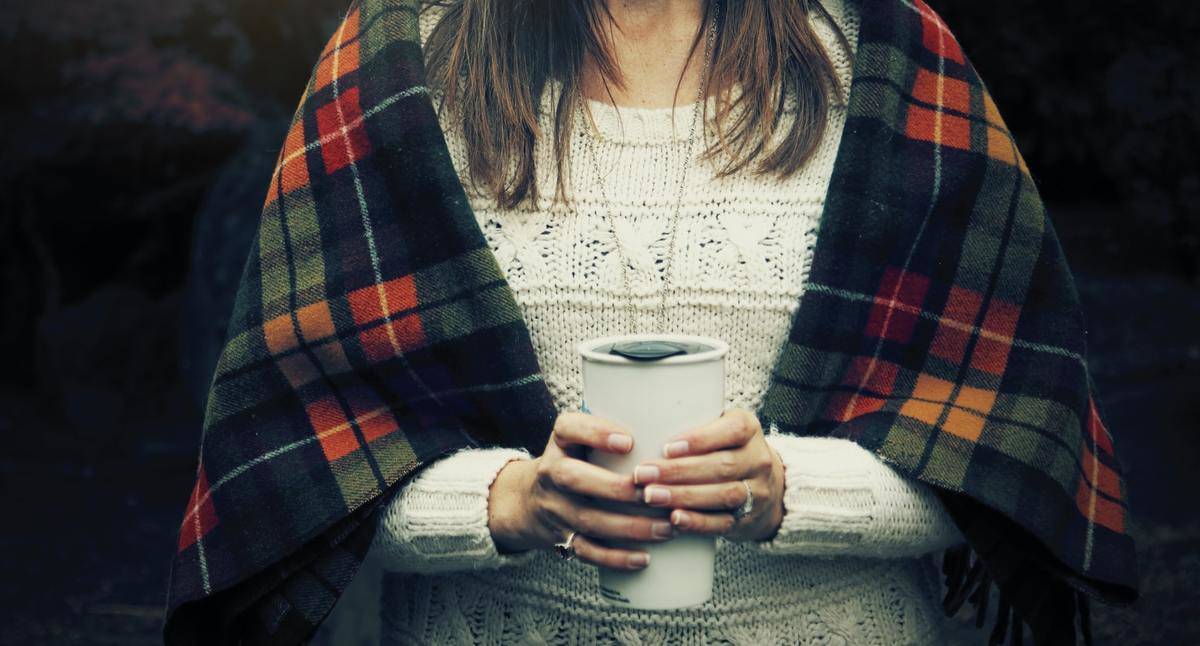
@timothyeberly/Unsplash
If your travel mug is made with stainless steel, don’t heat it in the microwave. The steel reflects heat and electricity, which could bounce back at your microwave and damage it. In the worst-case scenario, the steel may spark and catch fire.
Even if your stainless steel mug has a ceramic lining, it still isn’t microwave-safe. In the best-case scenario, it won’t even heat up your coffee. Since the metal deflects warmth, you’ll end up with a cold drink and burning hot mug.
Hot Peppers Will Spice Up The Air Around You
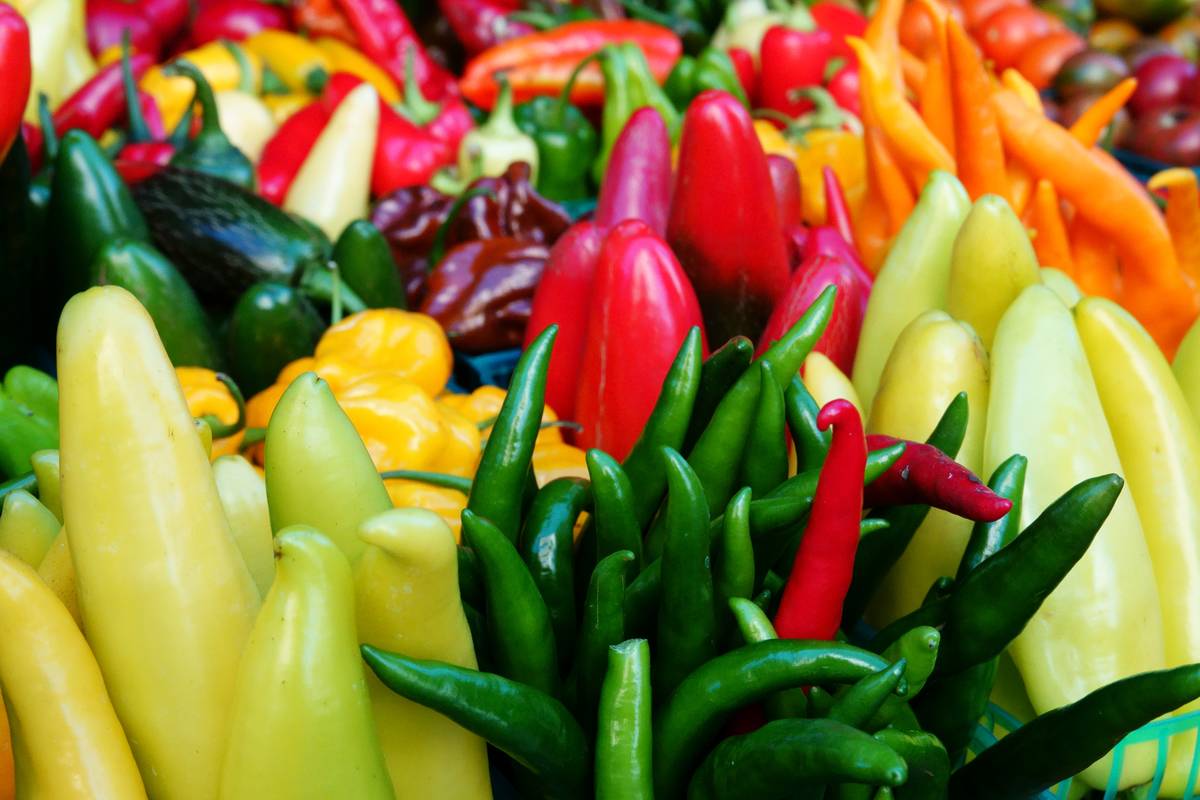
Joan Slatkin/Education Images/Universal Images Group via Getty Images
Never warm peppers such as jalapenos, habaneros, or chilis in the microwave. No, it won't harm your kitchen, but it could injure you. The electric waves may release capsaicin, the active compound that gives peppers their spice. Then, the microwave fan may disperse the capsaicin, essentially pepper-spraying you.
The USDA adds that some vegetables can spark in the microwave, such as peppers. Experts believe that the minerals used to grow these vegetables may cause arcing. If your vegetable sparks, remove the part that was electrified.
Some Types Of Paper Are Fire Dangers
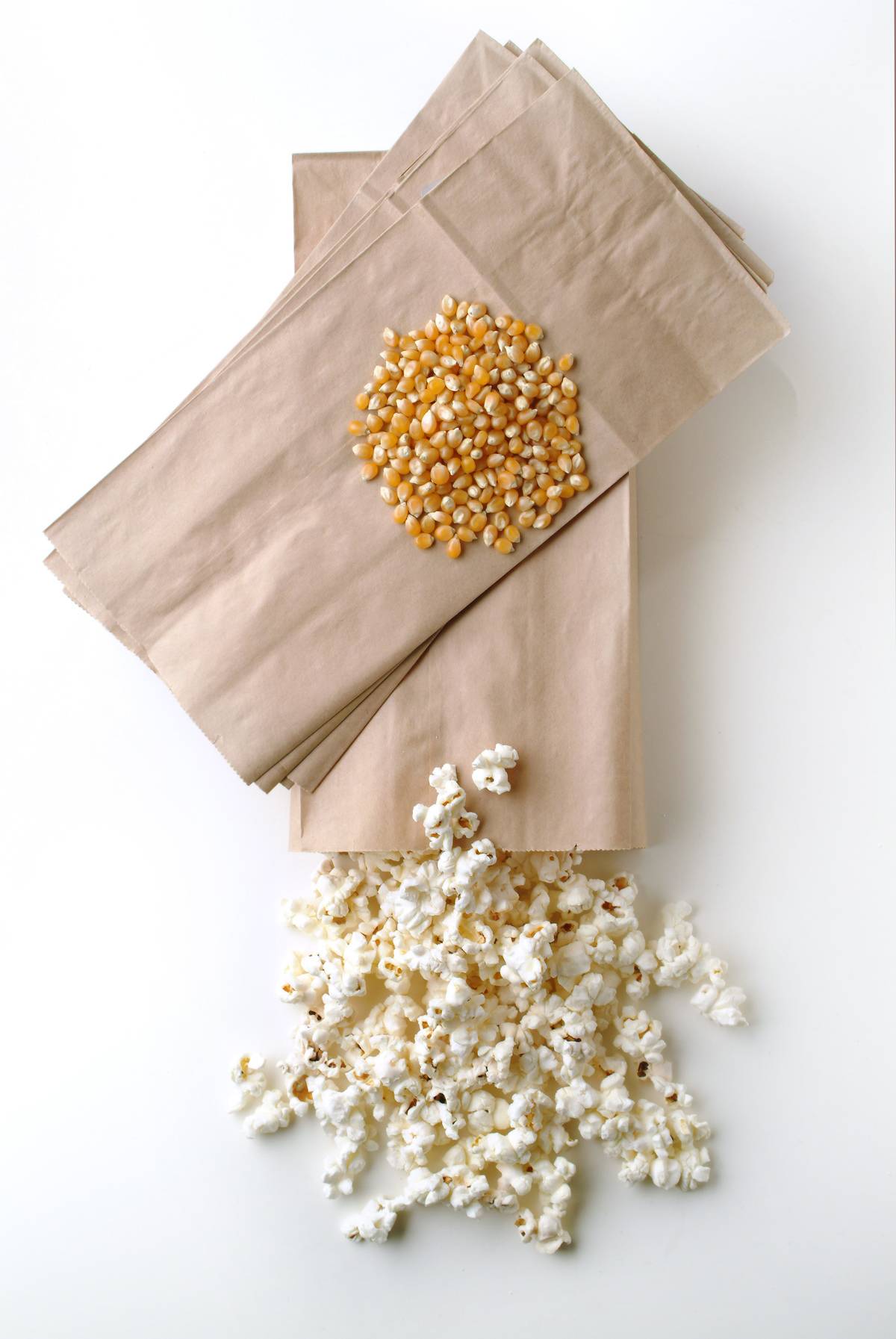
Julia Ewan/TWP CAPTION/Getty Images
Not all paper is microwave-safe, according to International Microwave Power Institute president Bob Schiffmann. For instance, brown paper bags are never safe in the microwave. Since they can’t handle a lot of heat, they may catch fire. Newspaper and any other paper with ink may leech into your food and contaminate it.
Wax paper, parchment paper, napkins, and paper towels are safe for the microwave. So are paper bowls and plates. Don’t warm up dirty paper because that can spread germs to the rest of your food.
Baby Formula Does Not Heat Evenly
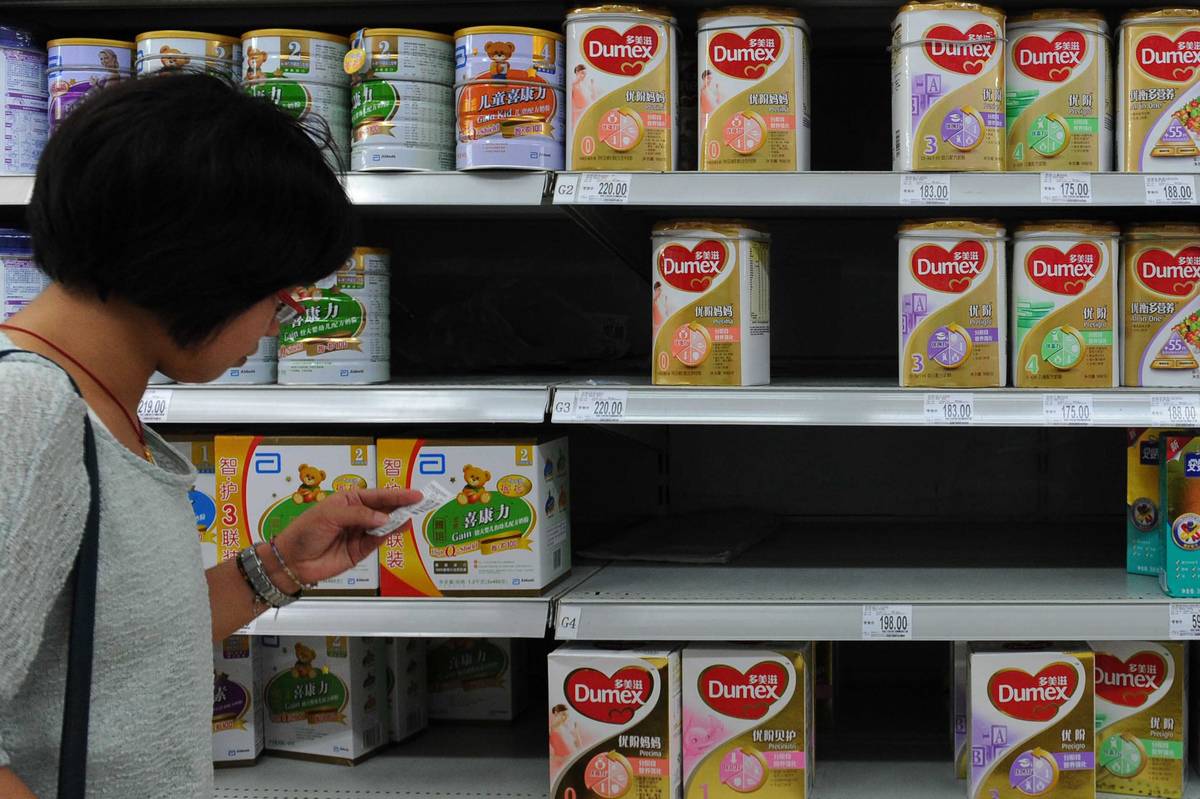
STR/AFP via Getty Images
The FDA does not recommend microwaving breast milk or baby formula. Although baby milk is best served lukewarm, the microwave does not heat it evenly. When some parts are warmer than others, the hotter portions could scorch a baby’s mouth.
You can microwave baby food, but you must do it correctly. Don’t heat the food in a jar; transfer it to a microwave-safe dish. Heat it for a bit, stir it, and then heat it again for an even temperature. Always do a temperature test of microwaved food before feeding it to your baby.
Carrots And Other Vegetables Might Catch Fire
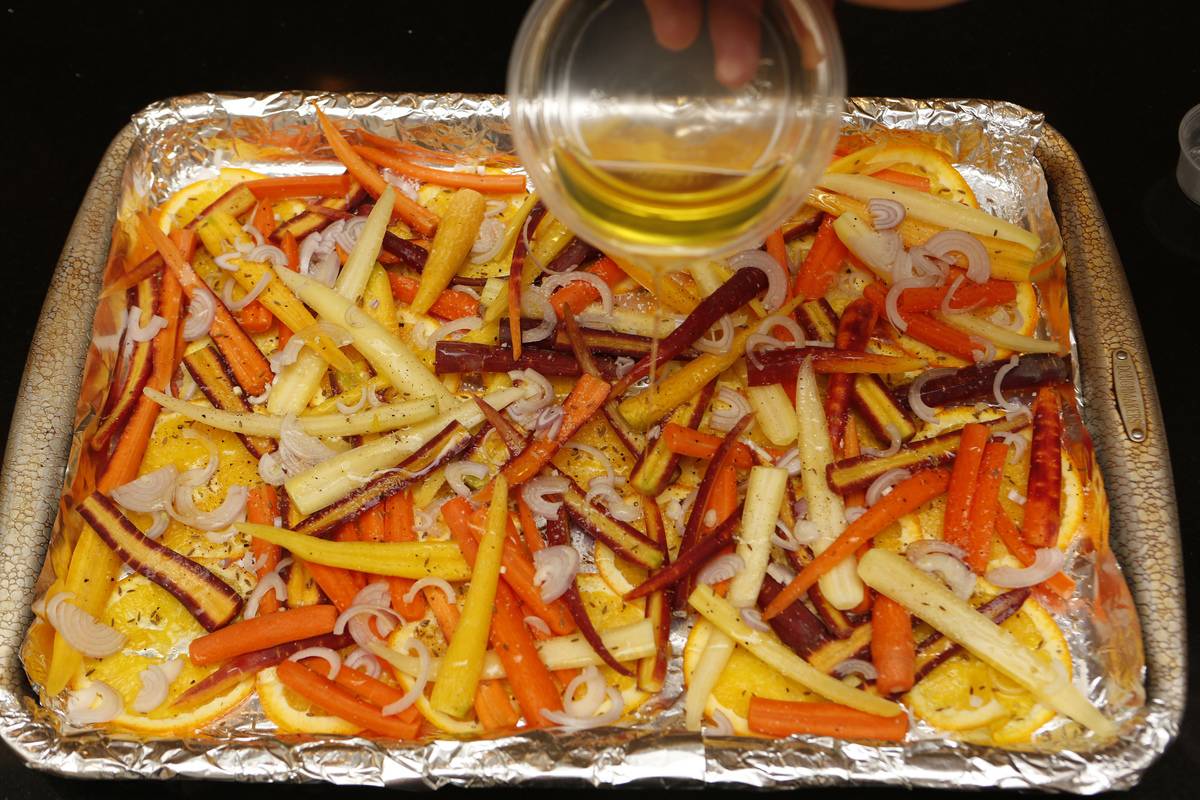
Anne Cusack/Los Angeles Times via Getty Images
If you research methods about steaming vegetables, you’ll see plenty of tutorials on how to microwave carrots. But over the past couple of years, reports have emerged of carrots that caught on fire. And it’s not just carrots; kale, bell peppers, and green beans have also sparked. According to the USDA, this is called arcing.
Arcing is when the microwave’s electric field turns into sparks. High-nutrient vegetables can intensify the electricity. Plus, the vegetables’ shape may also conduct electricity. Cook your carrots on the stovetop or in the oven instead.
Microwaved Eggs Can Explode
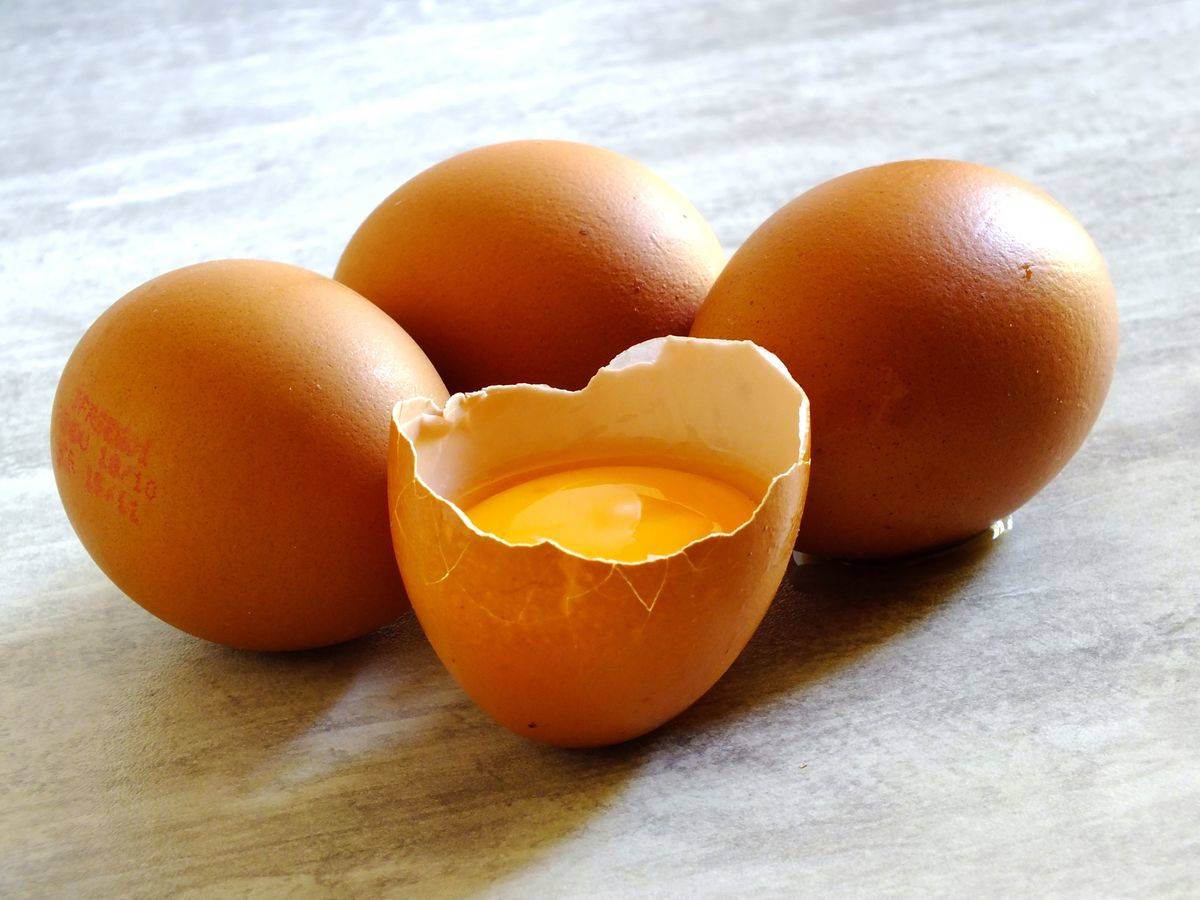
BSIP/Universal Images Group via Getty Images
Food with shells–including eggs, nuts, and seeds–will not survive the microwave. The heat builds up steam faster than the shells can ventilate it. Eventually, the food may explode. In April 2019, an English woman was sent to the hospital after a boiling egg exploded in her face.
Some sites advise people to prick the shell so that the steam can escape. However, the English woman did that, and her egg still exploded. Your safest bet is to keep shelled food away from the microwave, period.
Cooking Oils Won’t Get Warm
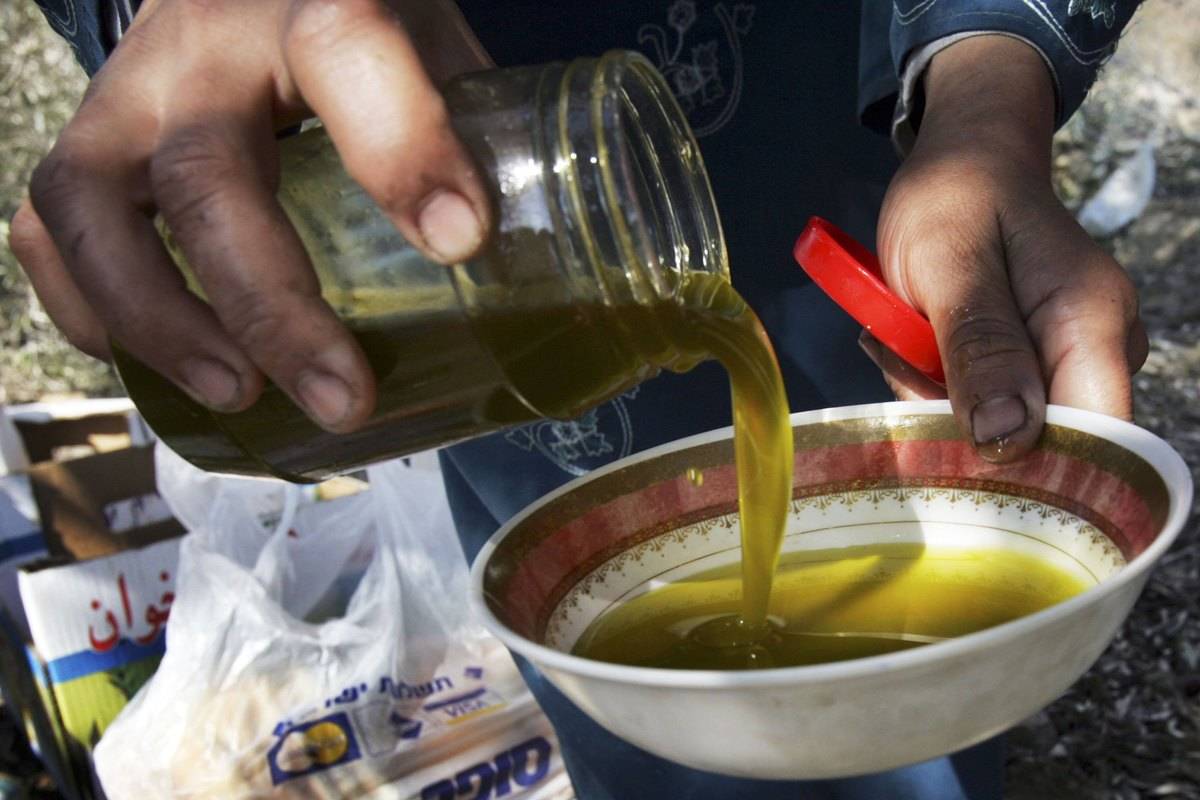
David Silverman/Getty Images
If you want warm oil, you won’t get that from a microwave. In fact, it’s potentially very dangerous. Oils don’t absorb microwaves as easily as water does, but will still get hot. According to Physics Forums, oil that’s heated in a microwave can easily reach temperatures of over 400 degrees! Yikes.
Defrosting butter in the microwave doesn’t tend to work well. The ice makes heat oscillation difficult, so you’re better off defrosting butter in the fridge.
Do Not Use The Microwave To Dry Clothes
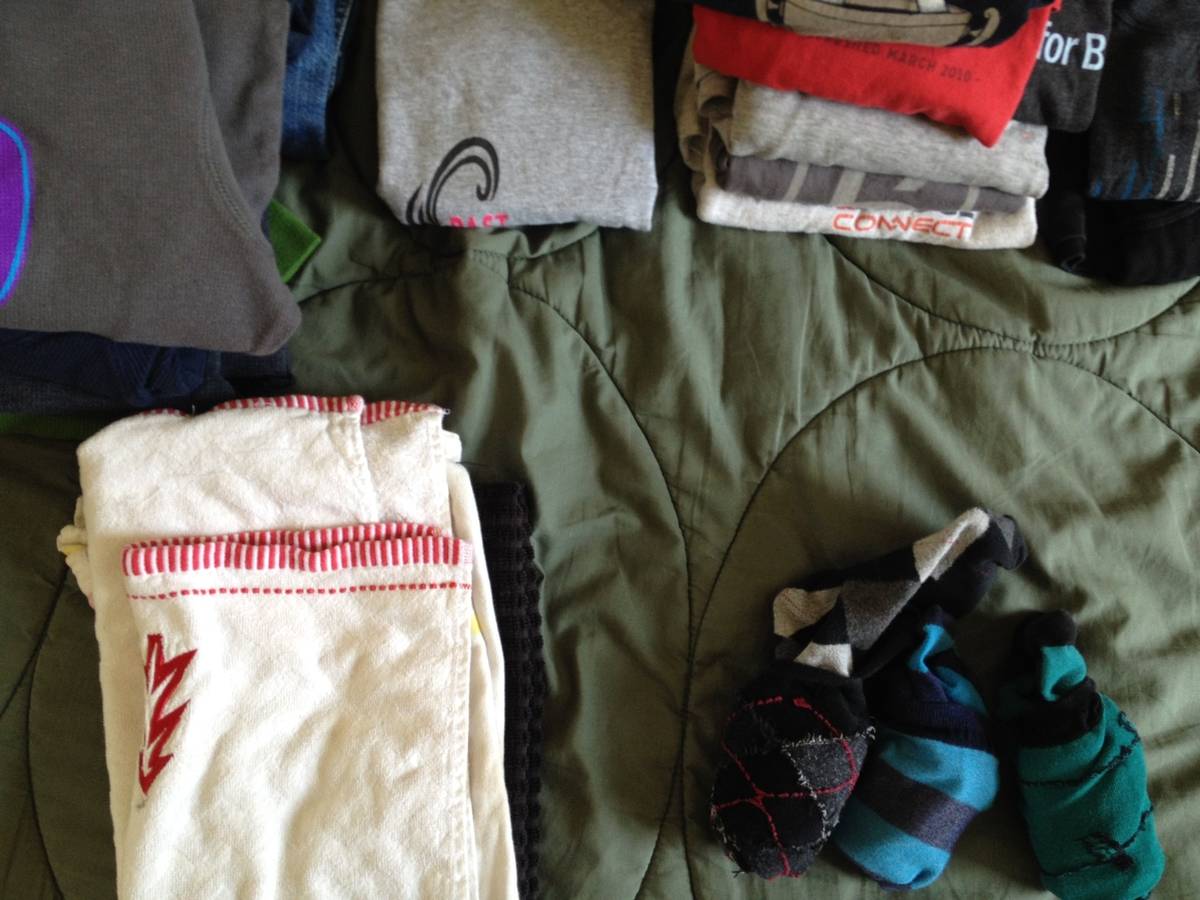
Getty Images
Some people think that heating their wet clothes in the microwave will dry them. It won’t–at least, not as well as a dryer. The microwave will heat water molecules outside and inside the fibers. If you warm the clothes for too long, they may catch on fire.
Plus, there is nowhere for the steam to go in a microwave. You may end up with damp clothes that are still wet in certain areas. Hanging them to dry for a day is far easier and safer.
Heating An Empty Microwave Actually Does Something Pretty Scary
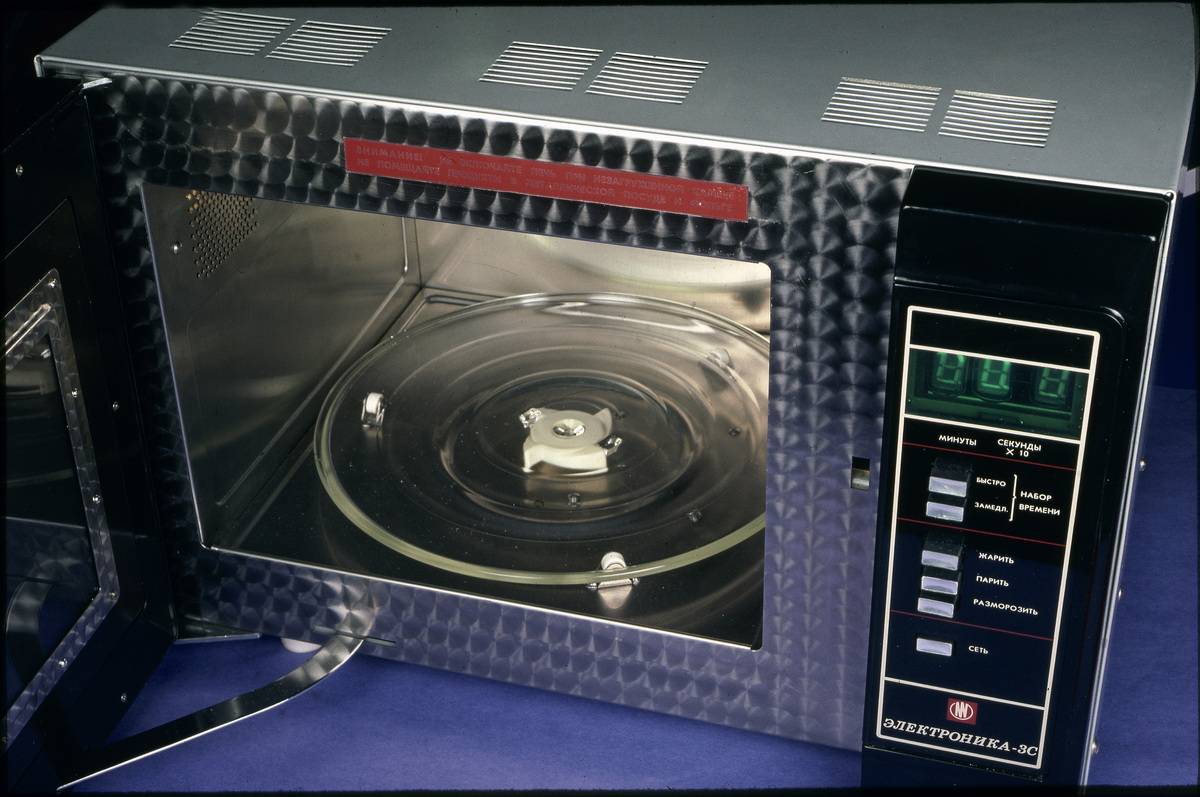
Illustré/RDB/ullstein bild via Getty Images
Don’t turn on an empty microwave. Although it may seem harmless, it can break the machine. With nothing to heat up, the microwaves will automatically go to the magnetron tube, which also supplies the energy source. If that goes on too long, it’ll damage your microwave, say experts at the University of Illinois.
Some people discover this when they run their microwave accidentally. If you set a timer on your microwave, make sure that it isn’t heating up. A couple of seconds won’t damage it, but a couple of minutes might.
The Microwave Can Ruin Bread
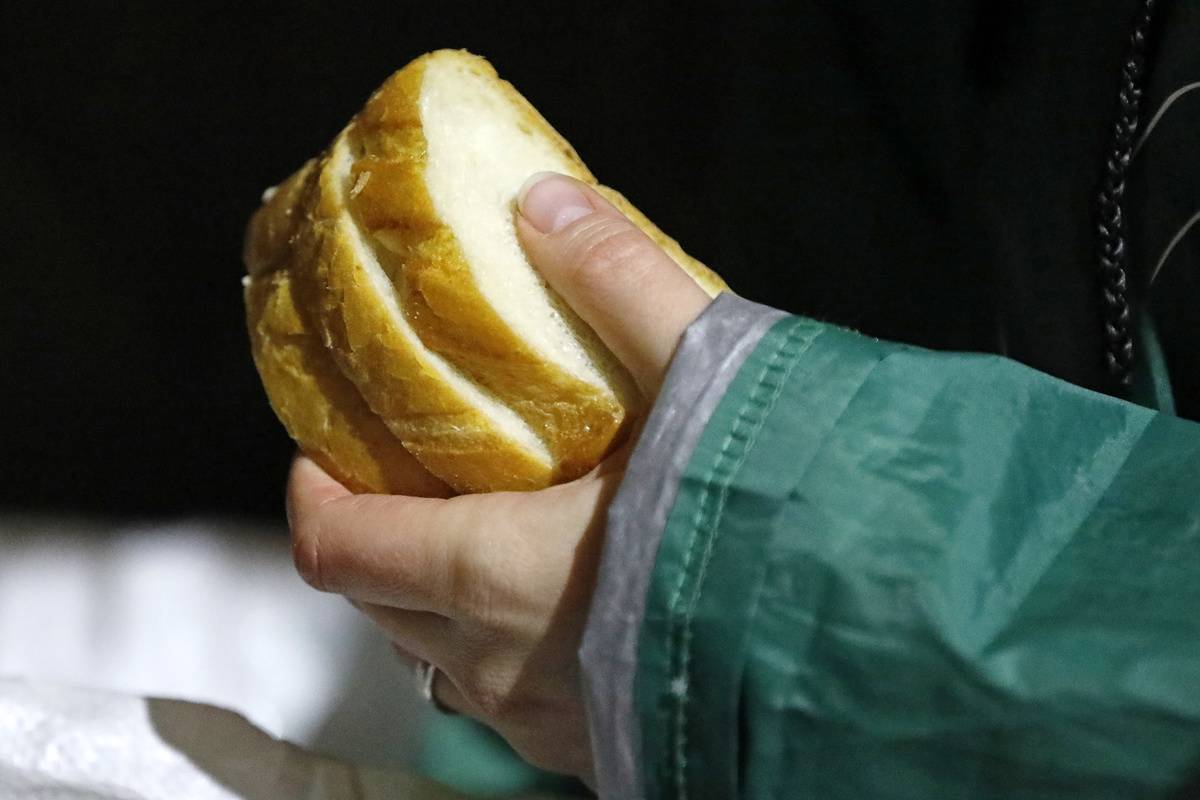
Artyom GeodakyanTASS via Getty Images
This one isn’t exactly dangerous, but you probably won’t be happy if you put your bread in the microwave. People warm bread in a toaster for a reason. It’s not just for the crunch; a microwave will ruin your bread.
After ten seconds, all the moisture will leave the bread. That’s enough to leave a stale, dry, chewy mess… not exactly what you want from toast. Stick to the oven for bread.
Grapes Are A Fire Hazard
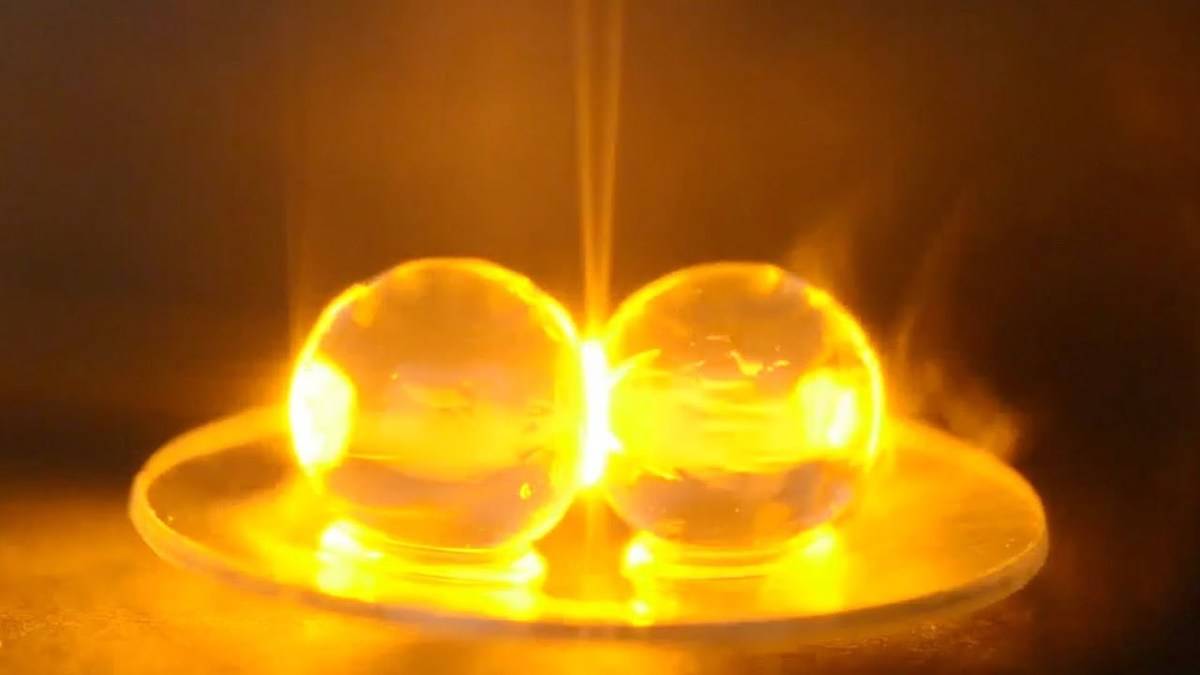
@SueanoiM/Twitter
Want hot grapes? We’re not sure why you would, but don’t microwave grapes. In 2011, YouTubers captured grapes that caught on fire in the microwave. According to physicists, the fiery blob is actually a loose pile of electrons called plasma. Grapes are the perfect size for amplifying microwave electricity.
As cool as this sounds, it’s still not safe to conduct microwave experiments on grapes. You’ll still get a ball of hot molten plasma in your microwave that could set your kitchen on fire. If you’re curious, watch YouTube videos about it.
Do Not Heat Food In Yogurt Or Butter Containers
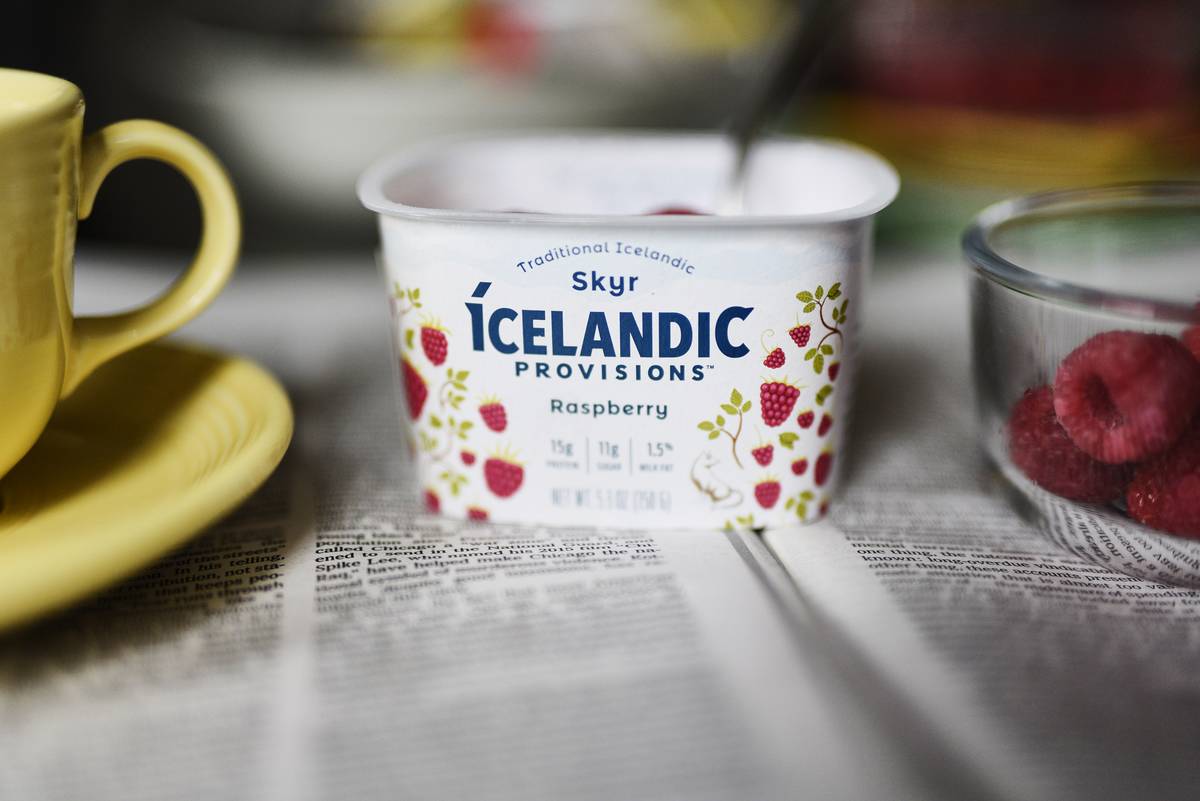
Gabby Jones/Bloomberg via Getty Images
It might seem clever to reheat food in an old container, such as a yogurt or butter cup. But these containers are not made for the microwave. It might melt, and–more importantly–leech dangerous chemicals into your food.
According to the World Health Organization, microwaved plastics can transfer chemicals into your food. These chemicals, mainly BPA and Phthalates, are added to make plastic stronger and more flexible. But they can interrupt your natural hormone production, so you do not want them in your food.
To-Go Coffee Cups Contain More Than Paper

Zhang Peng/LightRocket via Getty Images
To-go coffee cups from Starbucks and other cafes are just paper, right? Wrong. Most coffee cups are lined with polyethylene (PE) plastic that keeps it sturdy and insulated. According to Dr. Laura Vandenberg, PE mimics estrogen in the body, which can raise your risk of breast cancer and diabetes.
Not only that, but the paper part of the cup can catch fire if you heat it for too long. Instead of microwaving your to-go cup, transfer the coffee into a microwave-safe mug and reheat that.
Always Put A Lid On Your Sauces
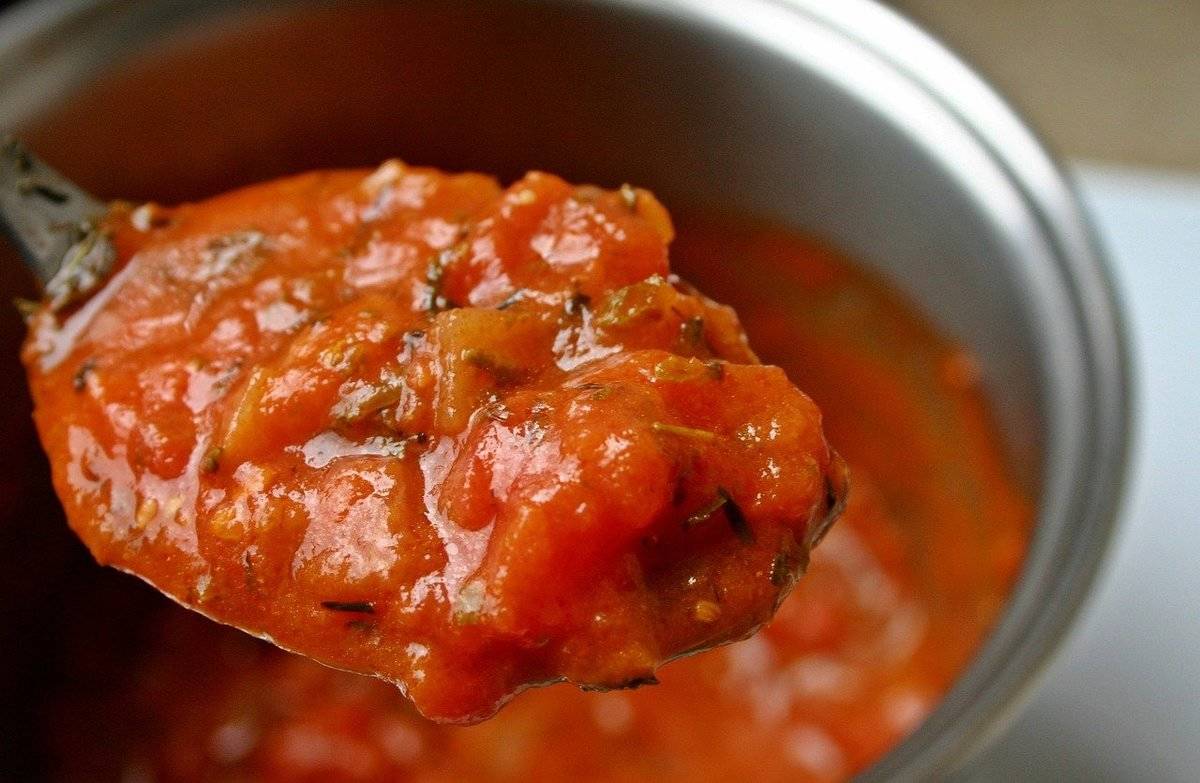
Catkin/Pixabay
If you heat sauce in the microwave, it will splatter. This is because heat gets trapped within the sauce. With nowhere to go, the heat explodes. According to the New York Times, sauces do not often catch fire, but they can damage your microwave.
If this happens, your microwave might not heat as well as it did before. To stay safe, put a lid over any food with sauce. Do not heat it for too long; warm it in 30 second increments. If it's pasta, stir it before you reheat it.
Why It's Unsafe To Reheat Leftovers Too Many Times
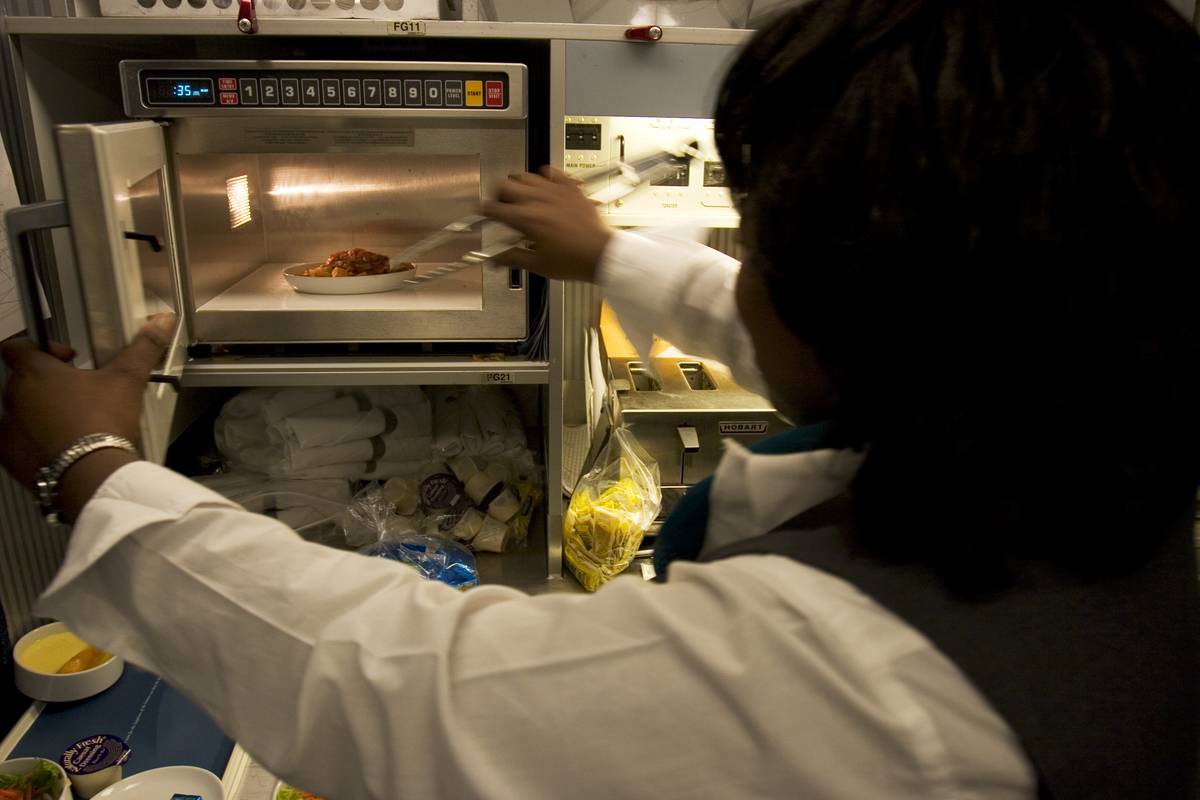
Jacob Silberberg/Getty Images
You can safely reheat leftovers within three to four days after first cooking them. But only microwave them when necessary. The USDA says that every time you microwave leftovers, the quality decreases.
According to the Food Standards Agency, you should be extra careful about reheating meats, seafood, sauces containing milk, eggs, beans, soy, rice, and pasta. These are more likely to decrease in quality after each microwave. Only reheat them when needed, and let any extra leftovers cool off before putting them back in the fridge.
Double-Check Your Travel Mug
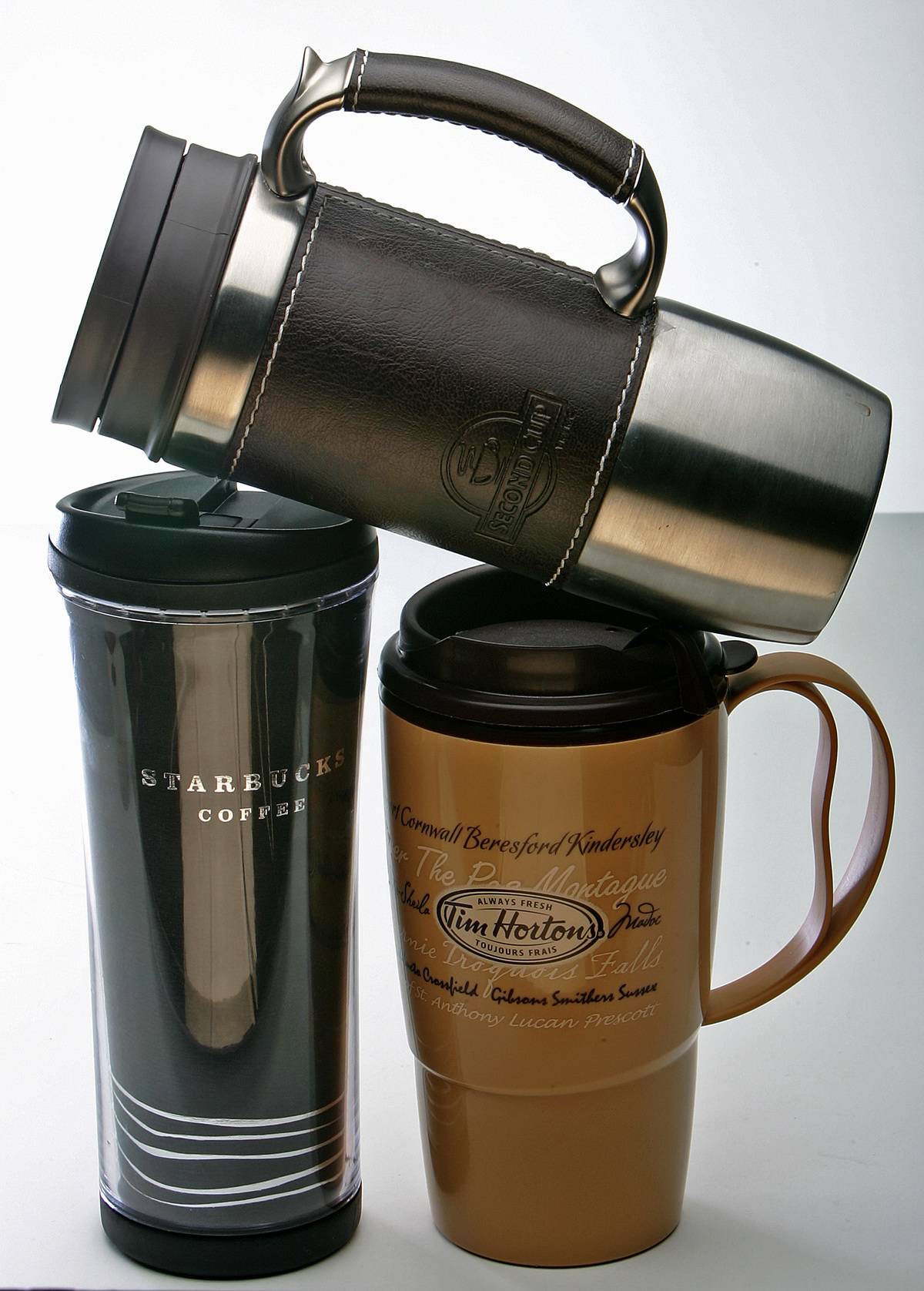
Tara Walton/Toronto Star via Getty Images
Travel mugs are designed to keep your beverage warm on-the-go, but many are not suitable for the microwave. If your mug is made from stainless steel, do not microwave it! The steel soak up the heat and prevent it from reaching your drink. In the worst-case scenario, it might spark and harm your microwave.
If your travel mug is made from ceramic or plastic, check the label (usually on the bottom of the cup). If it's not there, check online. Companies will tell you whether or not their mugs are microwave-safe.
Leafy Greens Might Catch On Fire
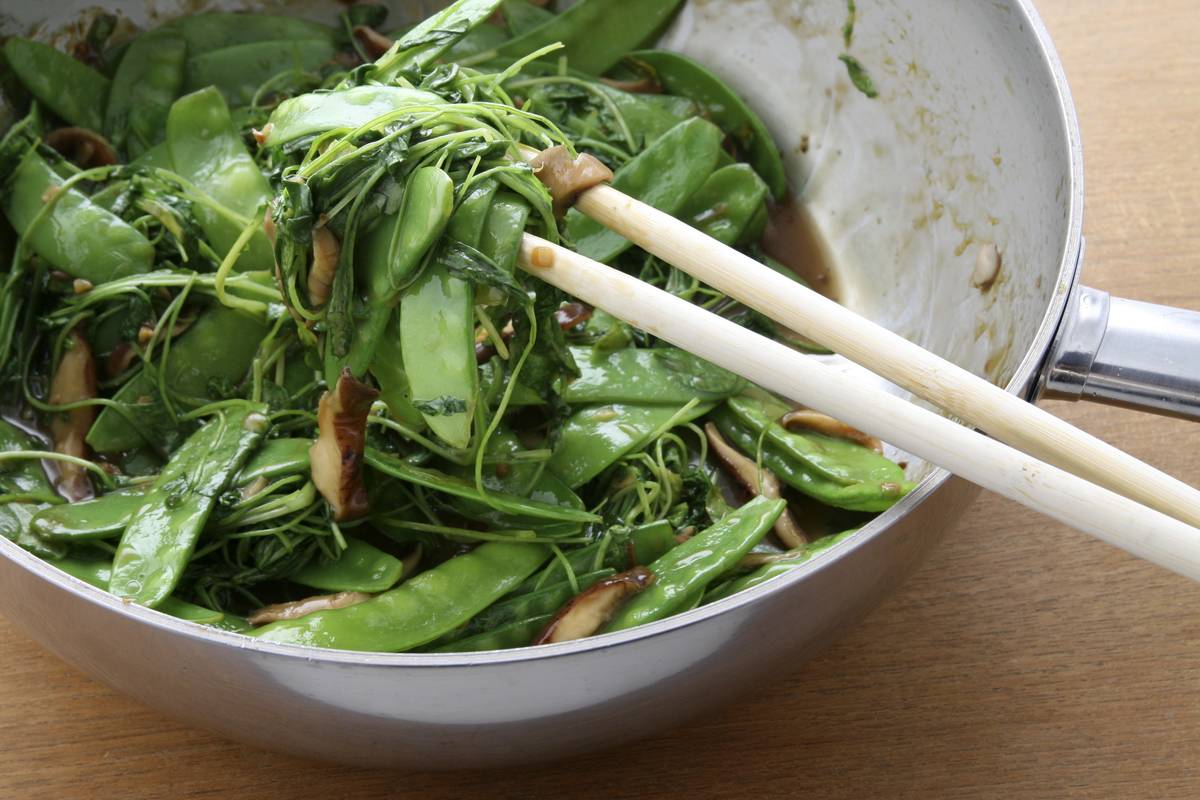
Getty Images
Leafy greens–including spinach, kale, and beets–should never be microwaved. Mark Golkowski, an associate professor at the University of Colorado, told NPR that the vegetables can spark and cause a fire.
Why does this happen? One reason is the high amount of iron in these vegetables, mainly in dark ones like kale. The iron reacts to the electromagnetic field in the microwave. Plus, the shape of these vegetables often produce sharp edges, which threaten to catch on fire. Never warm these in the microwave.
Nitrate-Heavy Vegetables Can Turn Toxic
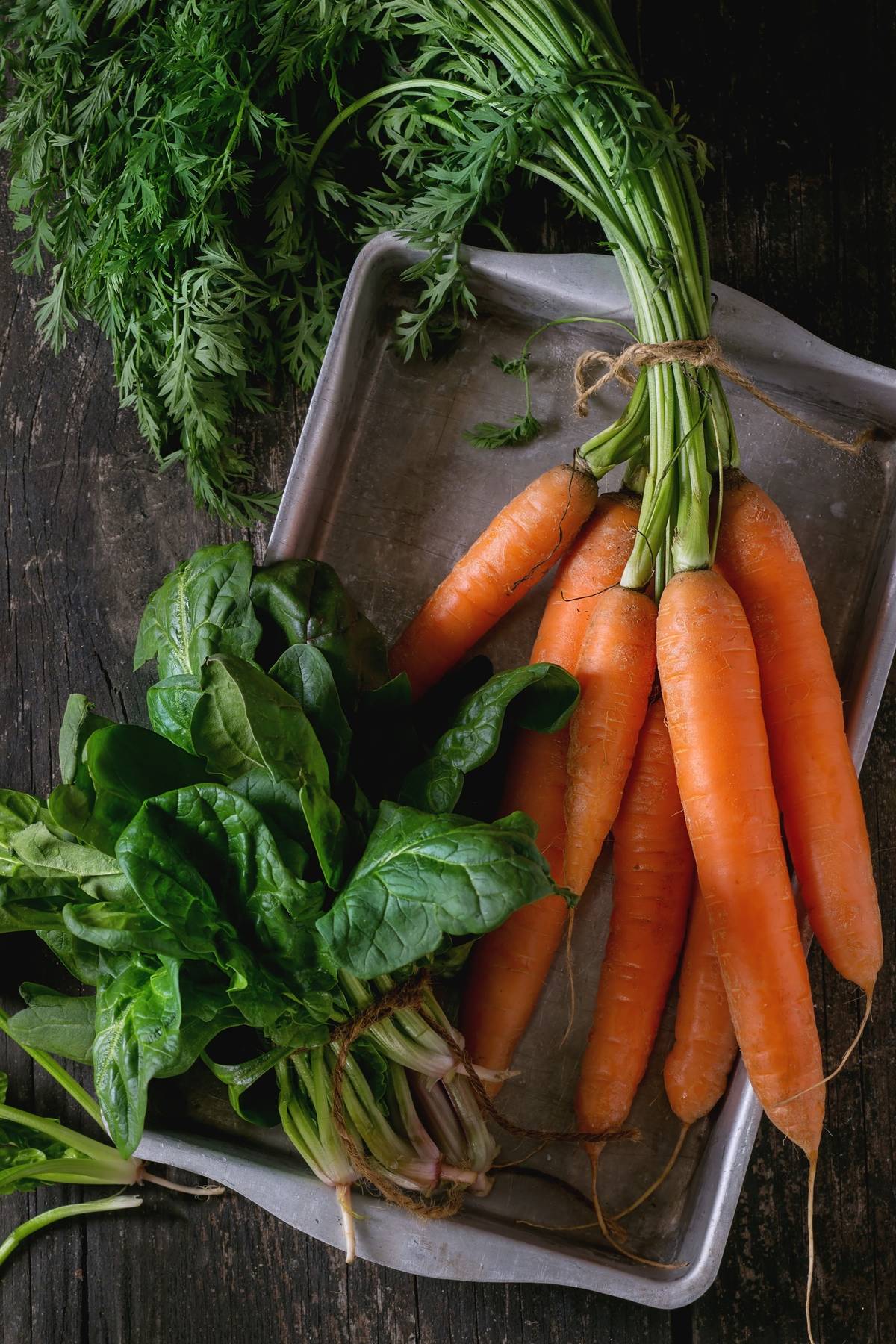
Natasha Breen/REDA&CO/Universal Images Group via Getty Images
Most vegetables contain nitrates. Some, like carrots, celery, and spinach, have more than others. When these nitrates heat up in the microwave, they can turn into a carcinogen, or cancer-causing chemical.
A study by the Royal Society of Medicine found that nitrates can release toxins when reheated. It oxidizes and produces free radicals that can contribute to diseases. That said, you would have to microwave the vegetables quite a bit to create these carcinogens. But it's better to be safe than sorry; avoid reheating nitrate-heavy vegetabes.
Reheated Rice Might Cause Food Poisoning
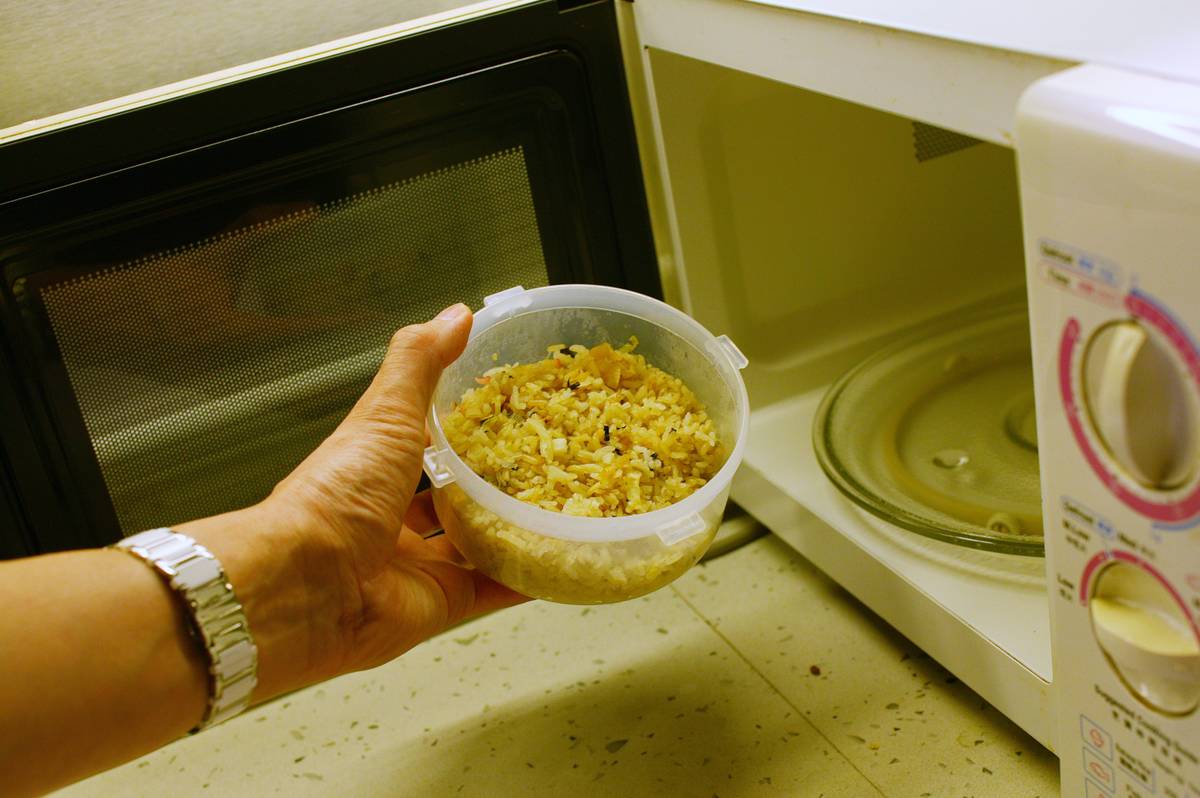
Kenneth Chan/South China Morning Post via Getty Images
Although microwaving rice will not damage your microwave or cause a fire, but it might produce dangerous bacteria. According to the National Health Service, uncooked rice contains the bacteria Bacillus cereus, which can cause food poisoning. Boiling rice will get rid of it, but Bacillus cereus thrives in room temperature.
If you do not reheat the rice enough, it can create more food poisoning bacteria. To stay safe, only reheat rice within a day after cooking it. Warm it until it steams, and only reheat it once.
Never Cook Potatoes In The Microwave
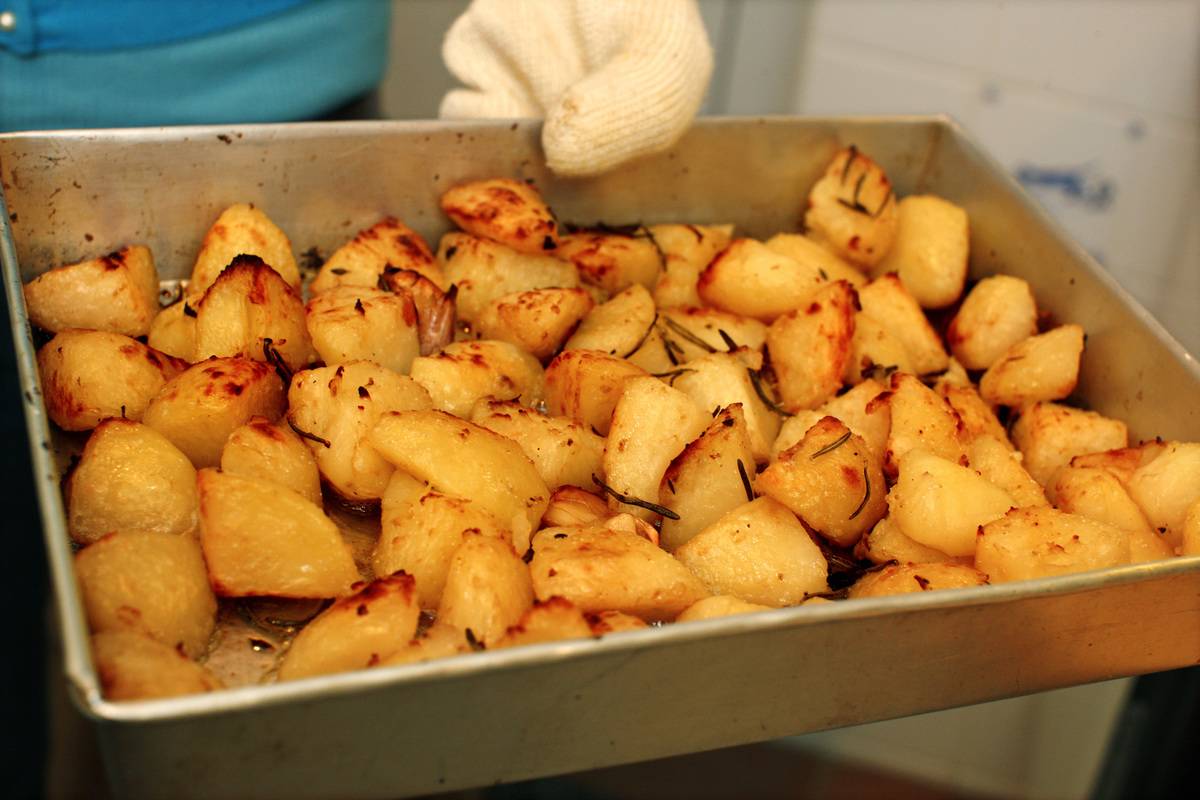
Hoberman Collection/Universal Images Group via Getty Images
Cooking potatoes in the microwave will not make them edible like the oven or stovetop does. Potatoes contain a bacteria called Clostridium botulinum. This can cause botulism, an illness that might lead to paralysis or death. But the microwave does not kill this bacteria.
Since microwaves cannot eliminate the C. boltulinum, cooking potatoes in it will not work. If you reheat leftover potatoes, do not cover them in aluminum; it will block the heat. Loosely wrap them in a baking sheet and heat them until they are steaming.
Microwaving A Bottle Could Burn Your Baby
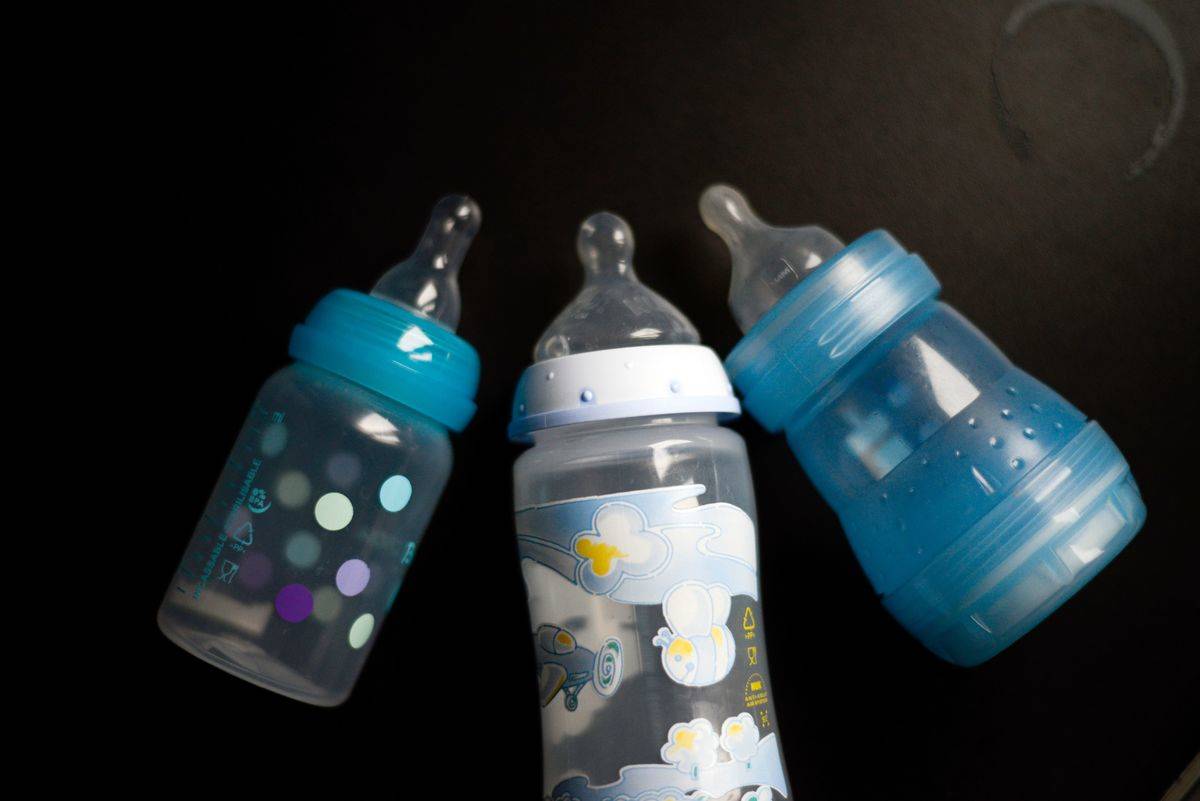
FRED DUFOUR/AFP via Getty Images
Although some baby bottles are microwave-safe, heating them up can still be risky. The rubber tip might melt or become lava hot. If the cap has BPA, it will leak into your baby’s food, adding carcinogens to their meal.
Sponsored Links
Even if you remove all the rubber and BPA, the liquid will heat unevenly and might be scolding hot. If the bottle is closed, the steam will build up, and it might explode. Instead of microwaving milk or formula in a bottle, do it in a separate container, stir it, and then add it to the bottle.
Hot Pet Food Could Hurt Your Pet
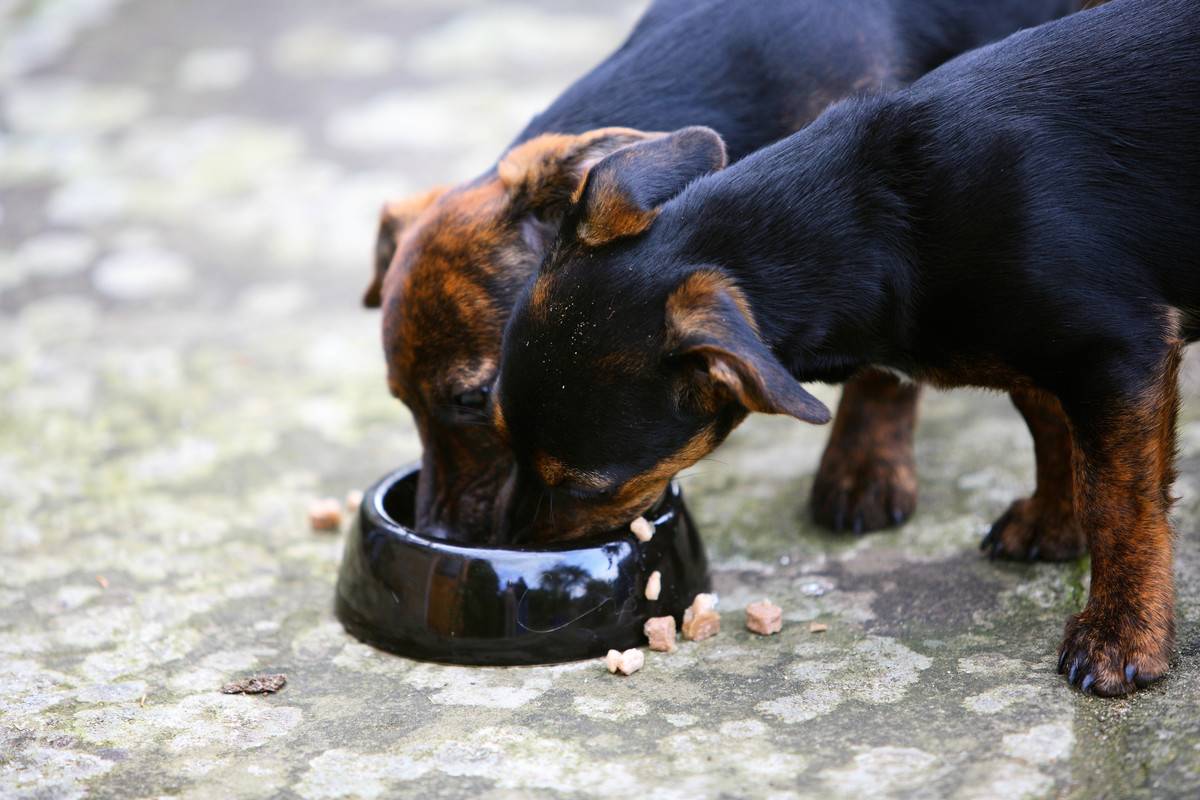
Tim Graham/Getty Images
You do not need to heat pet food. But if you consider it, do not microwave it. According to Primal Pet Foods, the microwave causes fat molecules in pet food to radically change. These fats become less easily digestible.
Vet Deva Khalsa also told the American Kennel Club that the microwave destroys nutrients in vegetables and grains. Over time, microwaved pet food can damage your pet's digestive health. If you pet does not want to eat cold or room-temperature food, talk to your vet about a safe heating method.
Microwaving Your Toothbrush Will Not Clean It
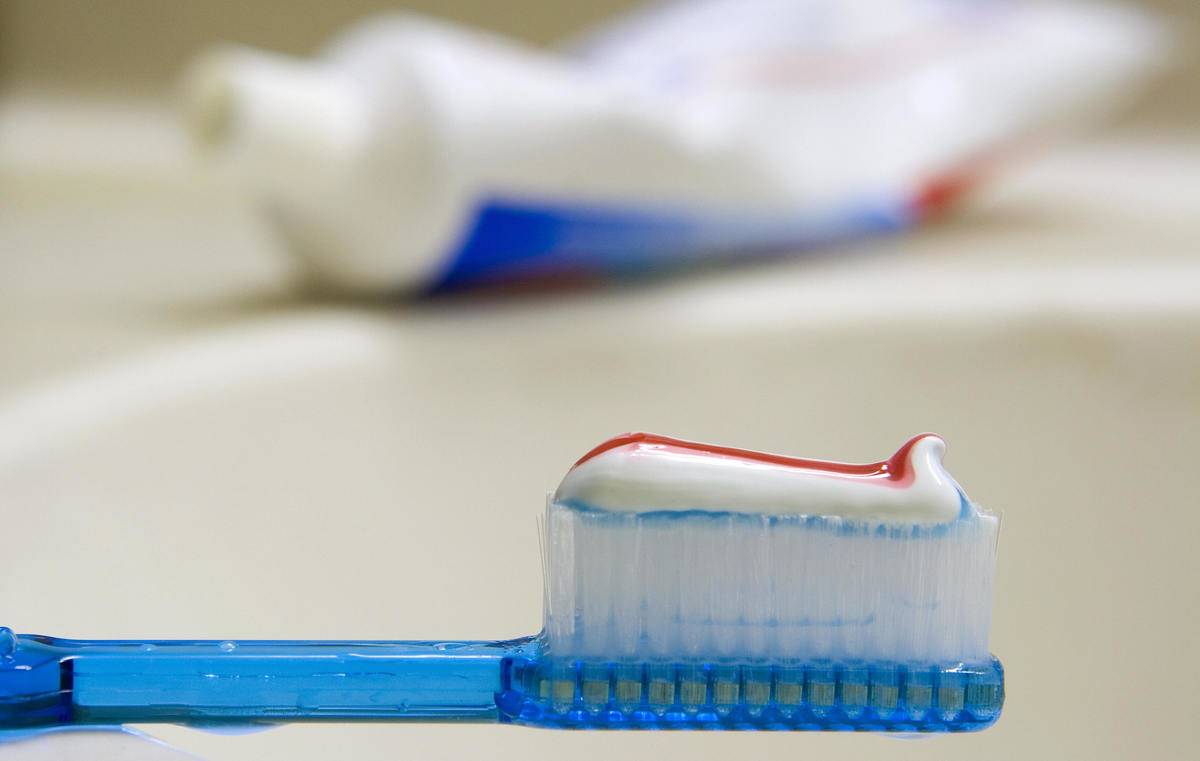
SAUL LOEB/AFP via Getty Images
Some people believe that microwaving a toothbrush will clean it by killing the bacteria. But this will only damage the brush, according to the American Dental Association. And if your toothbrush contains metal, it might spark or catch on fire.
Besides the fire risk, it is unlikely that microwaving a toothbrush will kill bacteria. Microwaves are not designed to sterilize, and they cannot destroy sponge or certain food bacteria. The microwave could even make the bacteria grow, since they enjoy warm, wet environments. To keep your toothbrush clean, store it in a dry, airy place.
The Worst Ingredient To Clean A Microwave: Bleach
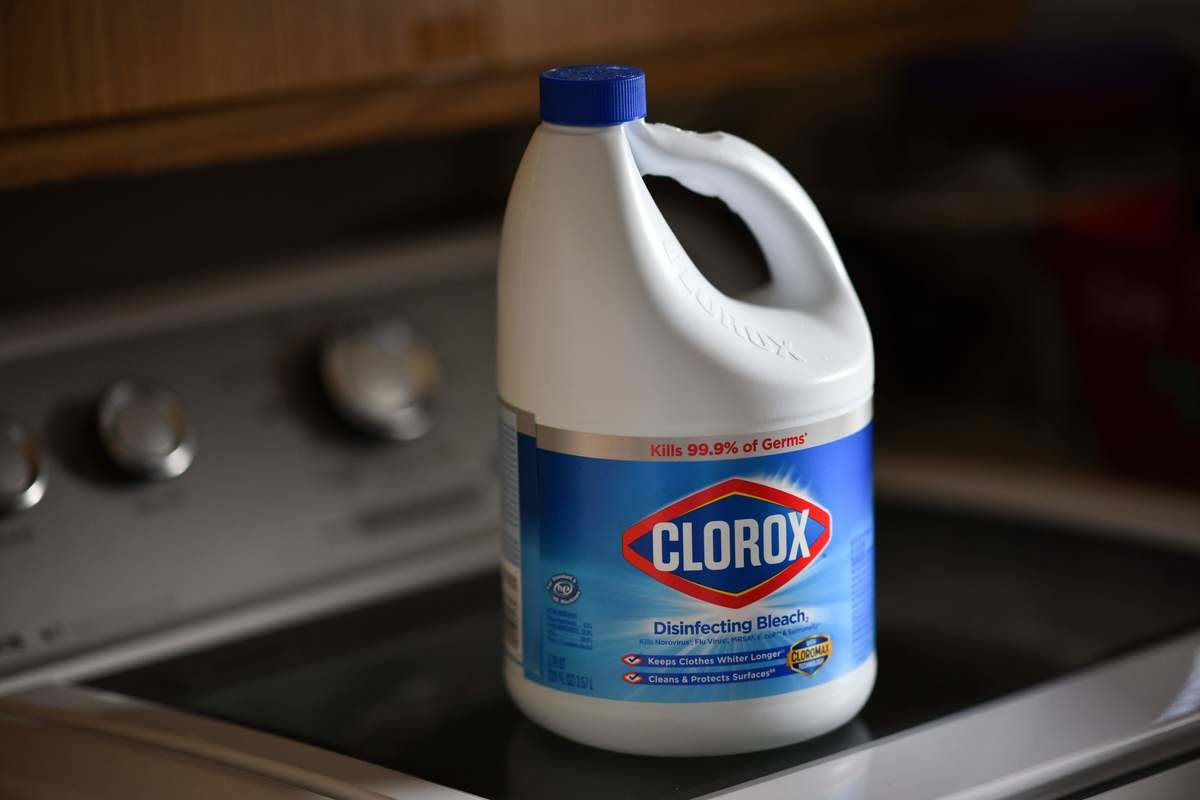
CHRIS DELMAS/AFP via Getty Images
While cleaning your microwave, you might wonder if bleach can whiten the food stains. But you should not use bleach inside of the microwave. According to GloTech Repairs, bleach might damage the plastic walls, making them brittle. Plus, it is not as effective at killing bacteria as other cleaners.
If you leave some bleach behind and heat it, danger will ensure. The chlorine might evaporate, and these fumes are highly toxic. Instead of bleach, combine a few tablespoons of apple cider vinegar to a cup of water and use that to clean your microwave.
Pot Holders Can Handle Pot Heat, Not Microwave Heat
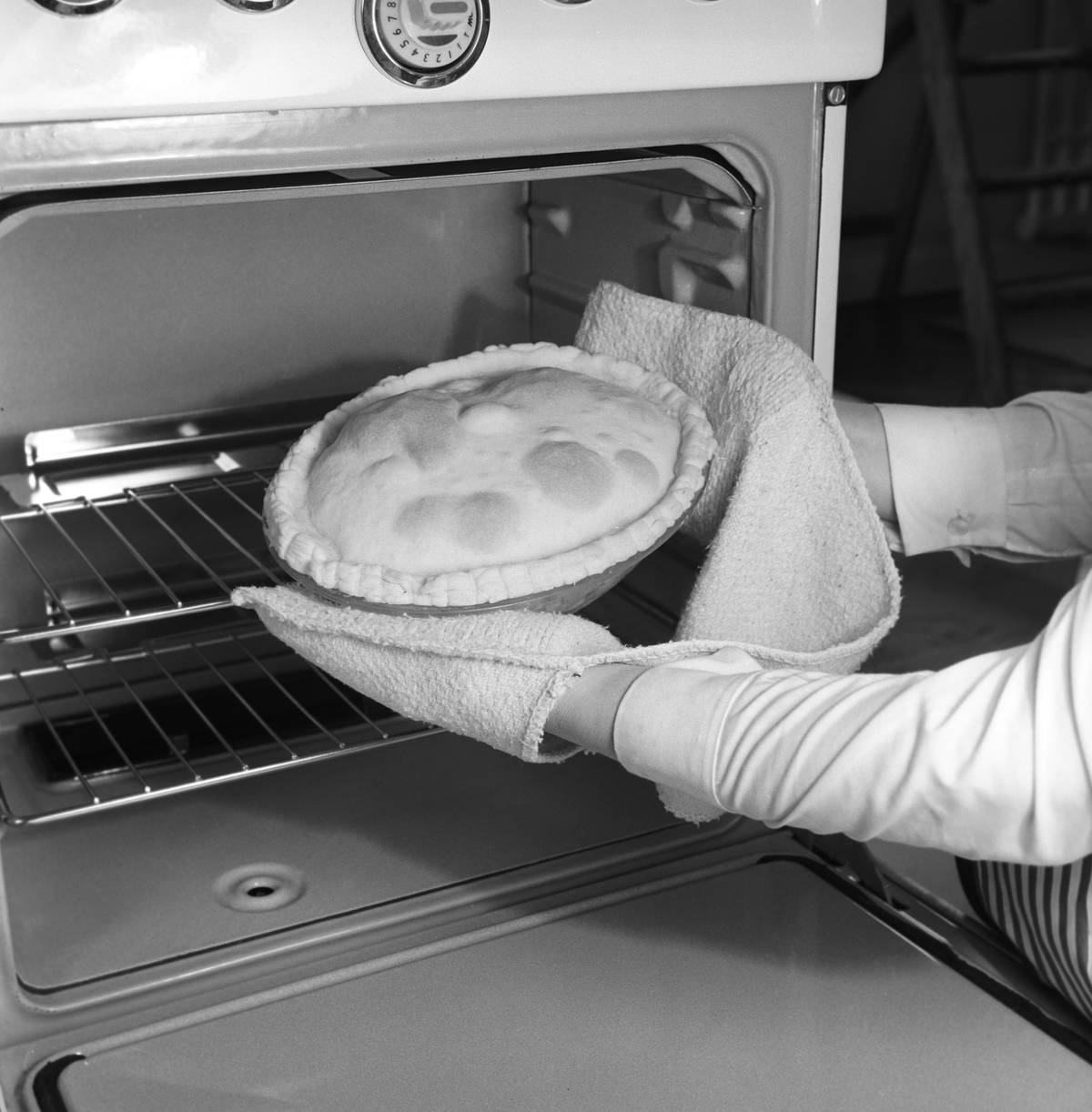
Bert Hardy Advertising Archive/Getty Images
Pot holders are built to handle the heat of oven pans and pots. Some people might think that they can put pot holders in the microwave and then use them to take out the container. But if you do this, your pot holders–and your food–might catch on fire.
Most pot holders are made from cotton, which is dangerous to heat in the microwave. In addition, some pot holders have rubber seals inside for extra protection. These rubber parts can melt, and your holders will become unusable. Keep them out of the microwave.
Microwaving Your Pen Will Not Make It Write Better
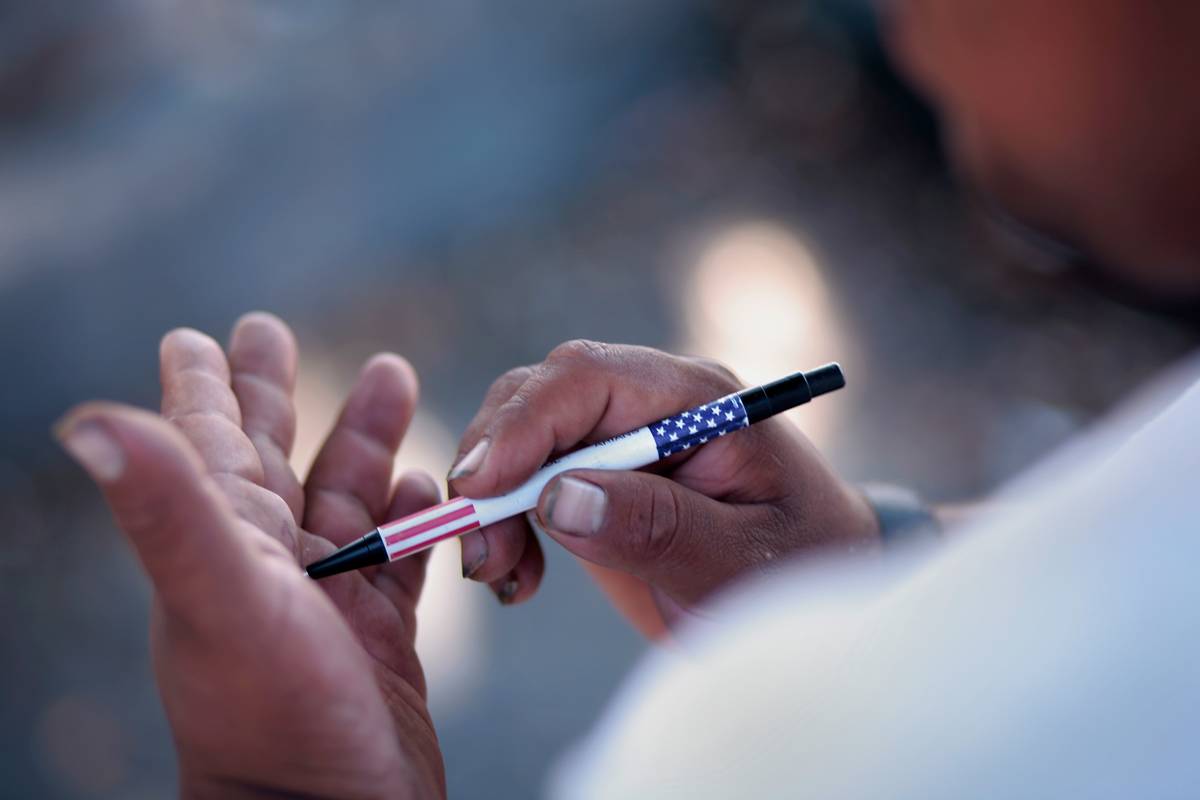
Ken Cedeno/Corbis via Getty Images
When a ballpoint pen dries out, heating the ink will help it write again. But do not do this in the microwave. Unlike a lighter, microwaves heat objects from the inside-out. This can quickly become a disaster.
As the ink heats, pressure will build inside of the ballpoint pen. It might explode inside of your microwave, and the plastic might melt. This is not dangerous, per say, but it will become a hassle to clean up. In the worst-case scenario, the ink and pen shards might damage your micorwave.
Keep Apples Out Of The Cold
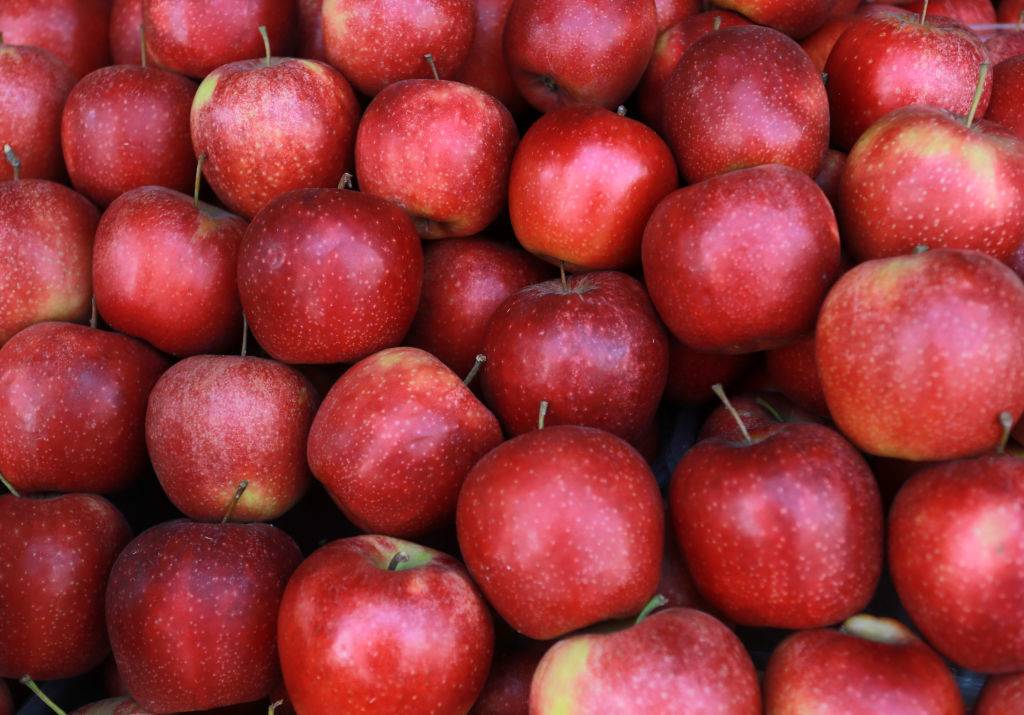
Photo by Abed Rahim Khatib/NurPhoto via Getty Images
Apples can last a week or two at room temperature, but they start to get mealy pretty quickly if you keep them in the fridge. Also, apples can cause other fruits to ripen faster because of the natural gas that they emit. You don’t want to trap all of that gas in your fridge with your other perishables.
Enzymes within apples become far more active at room temperature, making the apples way more nutritious.
Avocados Do Better On The Counter
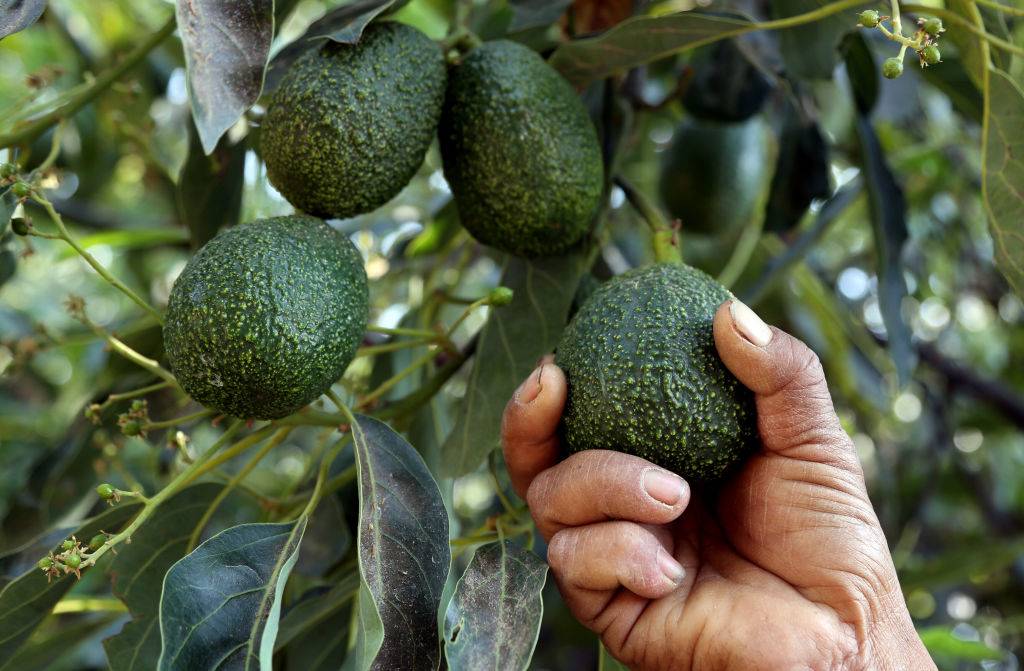
Photo by Jose CASTANARES / AFP
If you have some unripe avocados that you want to ripen up, the fridge is definitely not the place for them. The cold air causes avocados to ripen more slowly. Leave your avocados in a cool, dry place, like on your counter in the open air.
But make sure to eat them before they get too ripe. There’s nothing worse than an overripe avocado. If you feel like your avocados are starting to get too ripe, you can pop them in the fridge to slow down that process.
Keep Bananas Out In The Open
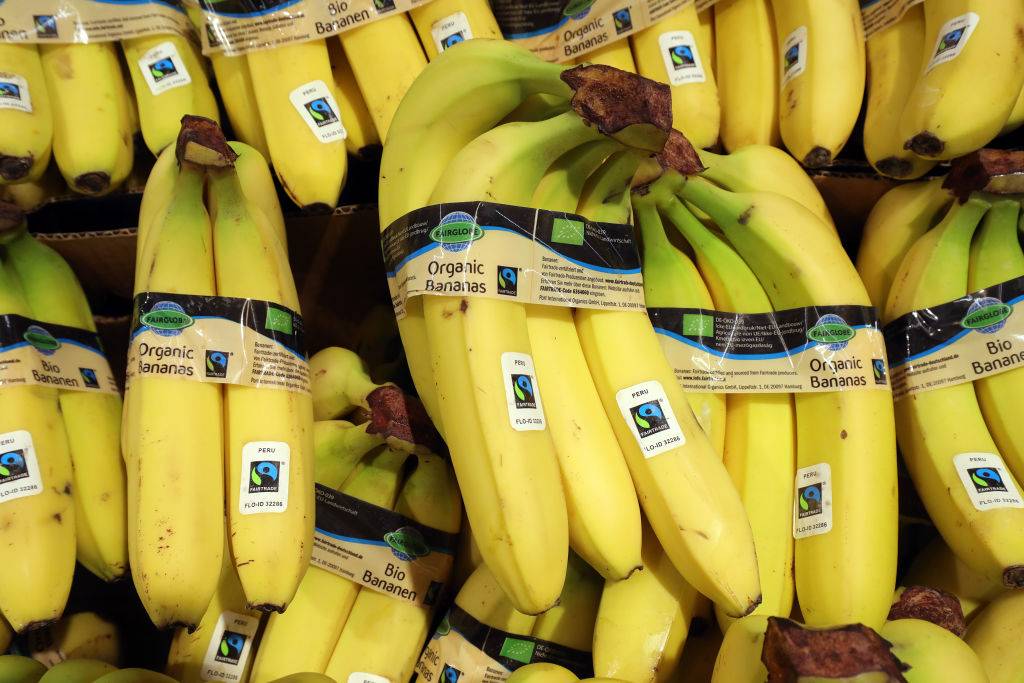
Photo by Wolfgang Kumm/picture alliance via Getty Images
Bananas hold on to their nutrients better when they are kept out of the fridge. Cold temperatures actually slow down the ripening process (as we saw with the avocados). But there is also a lot of moisture in most refrigerators which can cause bananas to turn brown or even black.
If you really want to keep bananas around for a long time, slice them into small pieces and store them in plastic bags in the freezer. Frozen bananas are perfect for smoothies.
Grow Your Own Basil
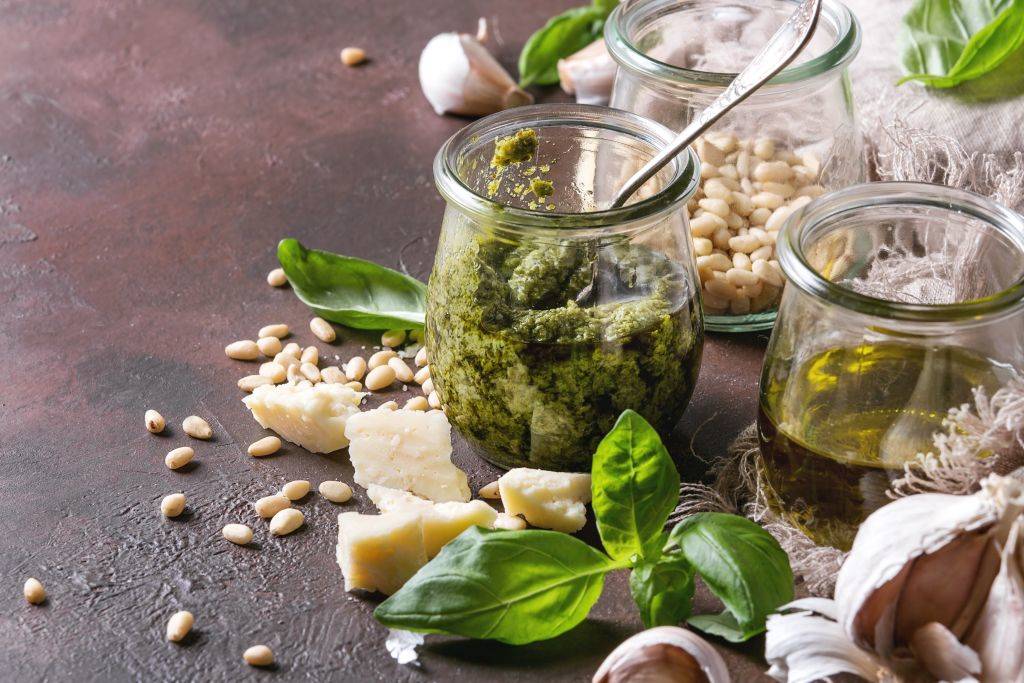
Photo by: Natasha Breen/REDA&CO/UIG via Getty Images
You shouldn’t store basil cuttings in the fridge. Refrigerators are dark and your basil can’t get any sunlight in there. Basil has been known to wilt in the fridge.
Instead, place any leftover basil in a cup half full of fresh water, and then place that cup by a sunny window. Your basil will last a lot longer, and it may even sprout roots, which means that you can replant it and grow infinite basil.
‘Cool As A Cucumber’ Is Just A Saying
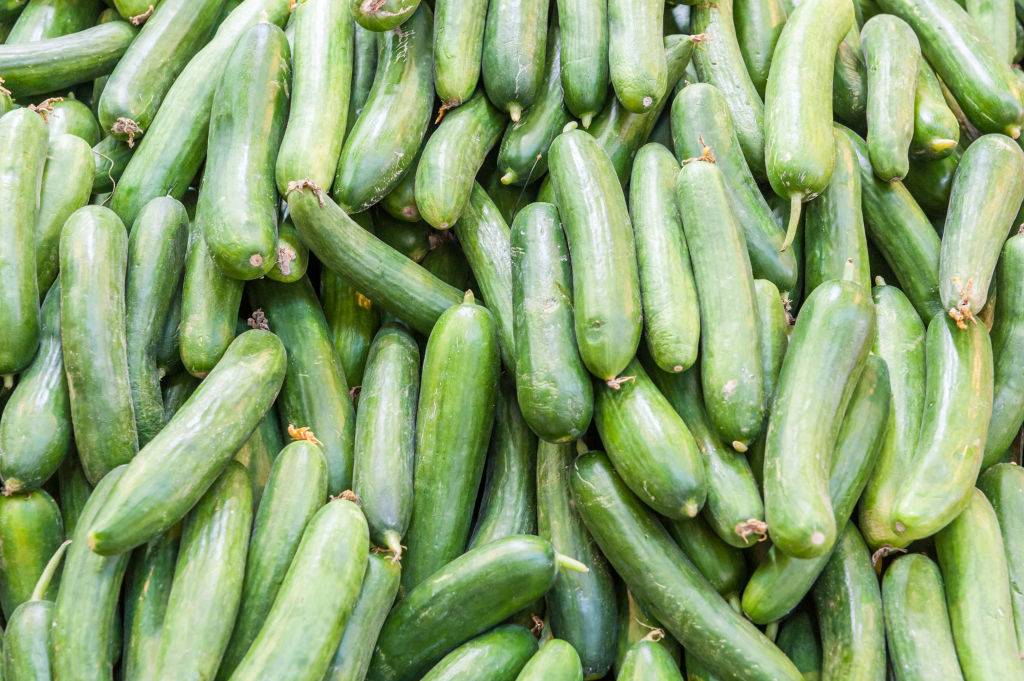
Photo by Michael Jacobs/Art in All of Us/Corbis via Getty Images
Cucumbers do not do well when they’re left in the fridge. They can quickly become waterlogged and lose a lot of their flavor. Instead, store your cucumber on your counter or in a pantry. Just don’t forget that you left it there. You don’t want to find a rotten cucumber in your pantry later on.
If you want your cucumbers to be cool because you want to put them on your eyes or something, then you can leave them in the fridge momentarily or store slices of cucumber in ice water.
Don’t Dry Out Your Bread
Rodolfo Marques/Unsplash
Nothing dries out bread faster than leaving it in the refrigerator. At cold temperatures, bread will turn stale, dry, and tasteless. Also, bread acts as a kind of sponge and it will soak up whatever odors are lingering around your fridge.
To be safe, store leftover bread in a breadbox. This closed-off box will keep moisture from escaping from your delicious bread. If you don’t have a breadbox, you can always store your bread in a microwave. Just make sure you don’t accidentally turn it on.
Save The Carrots!
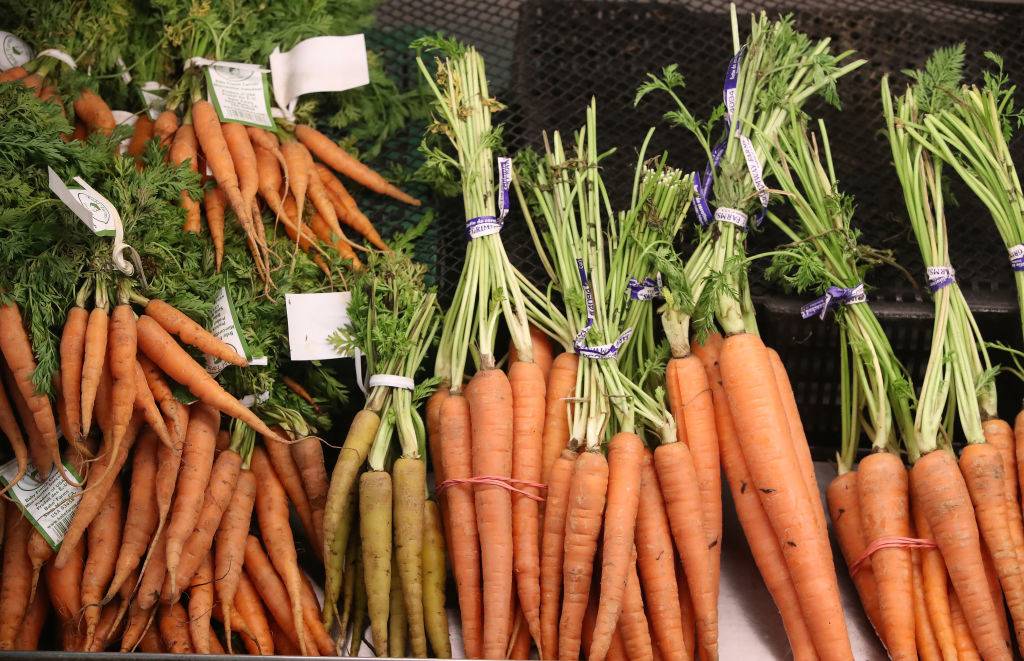
Steve Russell/Toronto Star via Getty Images
Carrots can actually rot and become waterlogged and droopy if they’re left in the fridge for too long. You should store your carrots away from direct sunlight in a place with low moisture.
If you’re cutting up a bunch of carrots to serve alongside chicken wings or something, you can put them in a container of water and place that in the fridge, but only if you’re going to eat them within a few hours.
Do Not Keep Cereal In The Fridge
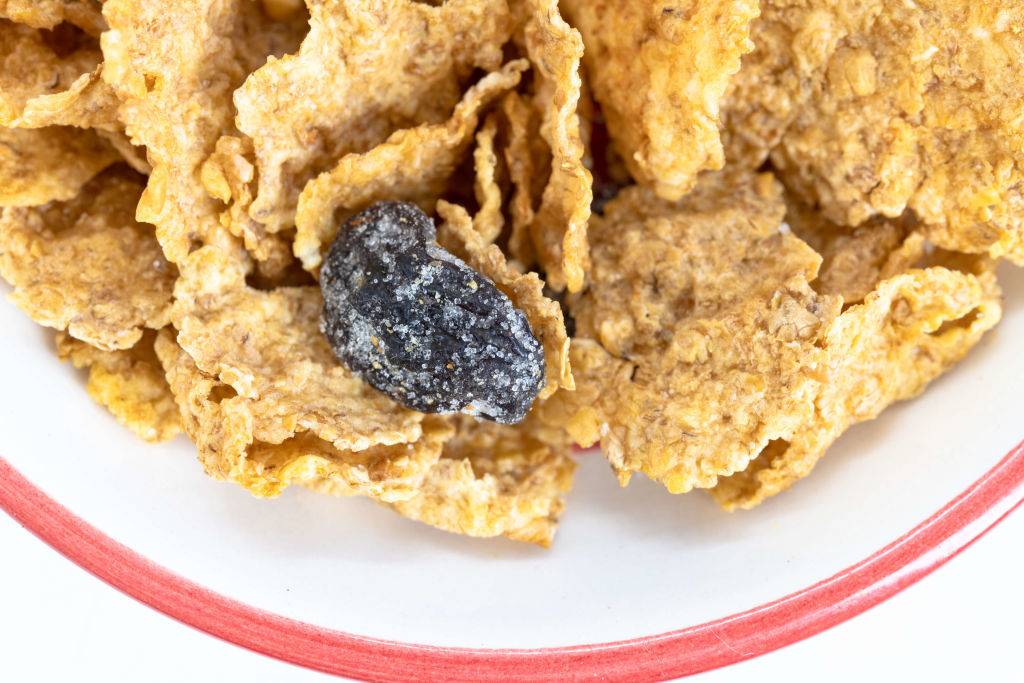
Photo by Roberto Machado Noa/LightRocket via Getty Images
The fridge is not a place where cereal belongs. The moisture in there will cause the cereal to wilt and become much less crunchy.
Cereal should always be stored in a cool dry place, like a pantry or a cupboard. Nobody likes soggy cereal. Unless you’re one of those people who like to let your cereal get soggy in the milk before you eat it…
Chocolate Doesn’t Belong In The Fridge (Sorry)
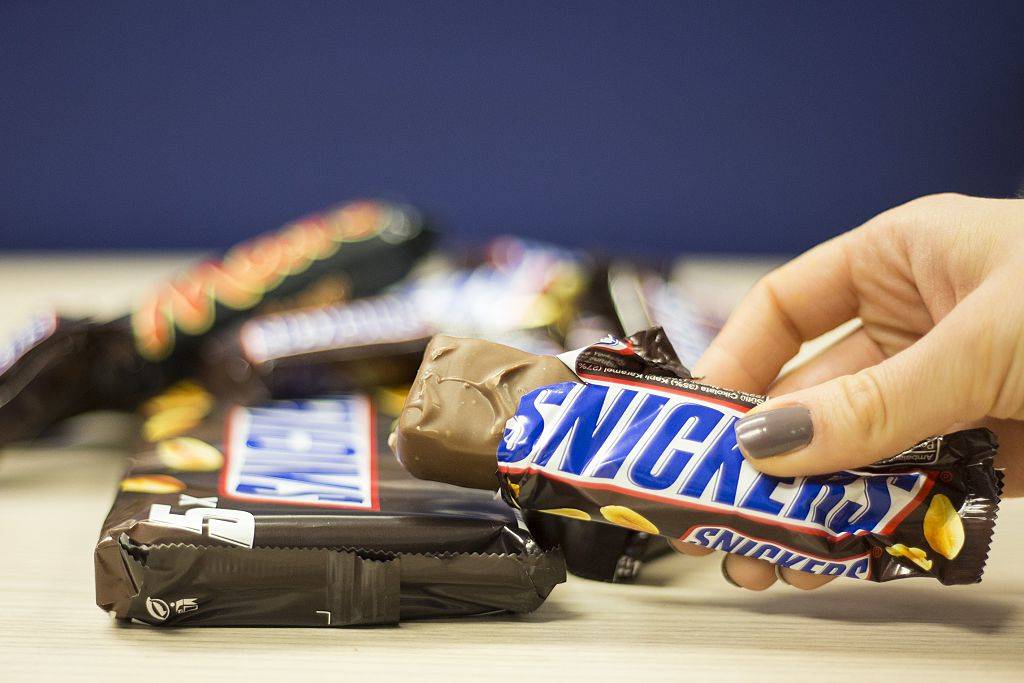
Photo by Mustafa Kamaci/Anadolu Agency/Getty Images
Many people absolutely love cold chocolate, but the ideal temperature for chocolate is actually between 65 and 68°F, which is much warmer than the average refrigerator.
Only store your chocolate in the fridge if you live in a very warm part of the world and your chocolate is at risk of melting completely. If you really love freezing cold chocolate though, we’re not going to stop you from eating it that way.
Citrus Fruits Belong In The Pantry
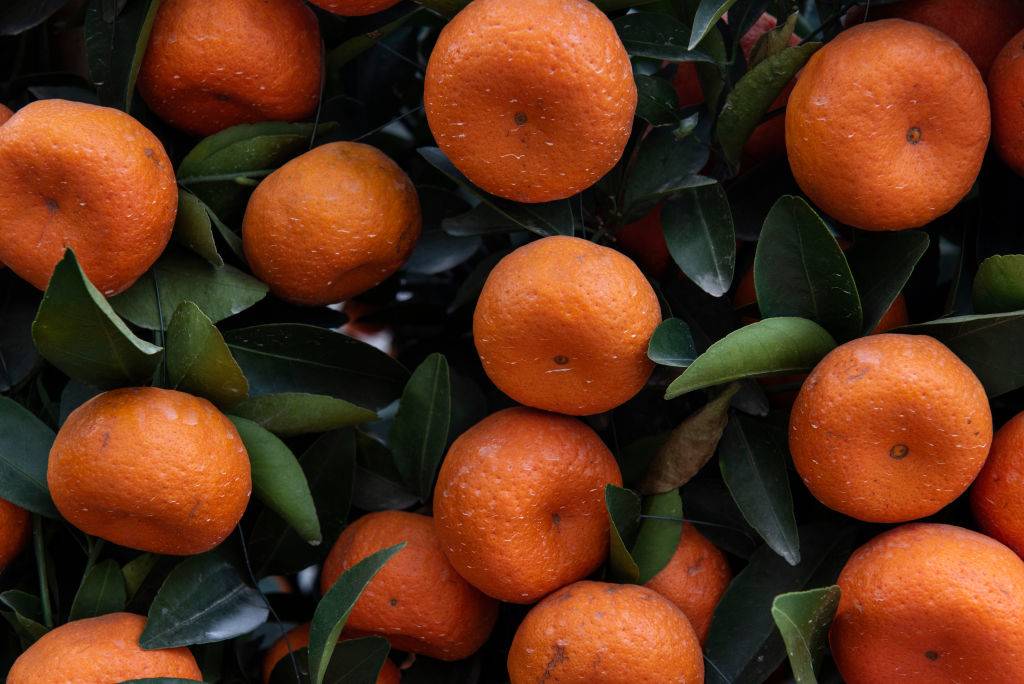
Miguel Candela/SOPA Images/LightRocket via Getty Images
Typically, a ripe fruit is a sweet fruit, which means that fruit that’s kept at room temperature will ripen faster and develop more sweetness. Citrus fruit can be rather sour if it’s not given enough time or space to ripen.
Keep fruits like oranges, grapefruits, lemons, and limes out of the fridge. If you absolutely love cold oranges, store them outside of the fridge, but pop them into the fridge an hour or two before you want to eat them.
Don’t Refrigerate Your Leftover Coffee

Tristan Fewings/Getty Images
You can actually keep coffee in the fridge as long as it’s in an airtight container. This goes for both coffee beans and leftover brewed coffee. Generally, coffee beans need to be in a cool dry place, and a fridge is cool, but not very dry.
Brewed coffee can make everything else in your fridge smell like coffee, and if it’s too hot, it can actually raise the temperature of your whole fridge, which is damaging to all of the meat and dairy you have in there.
For Heaven’s Sake, Don’t Refrigerate Tomatoes!
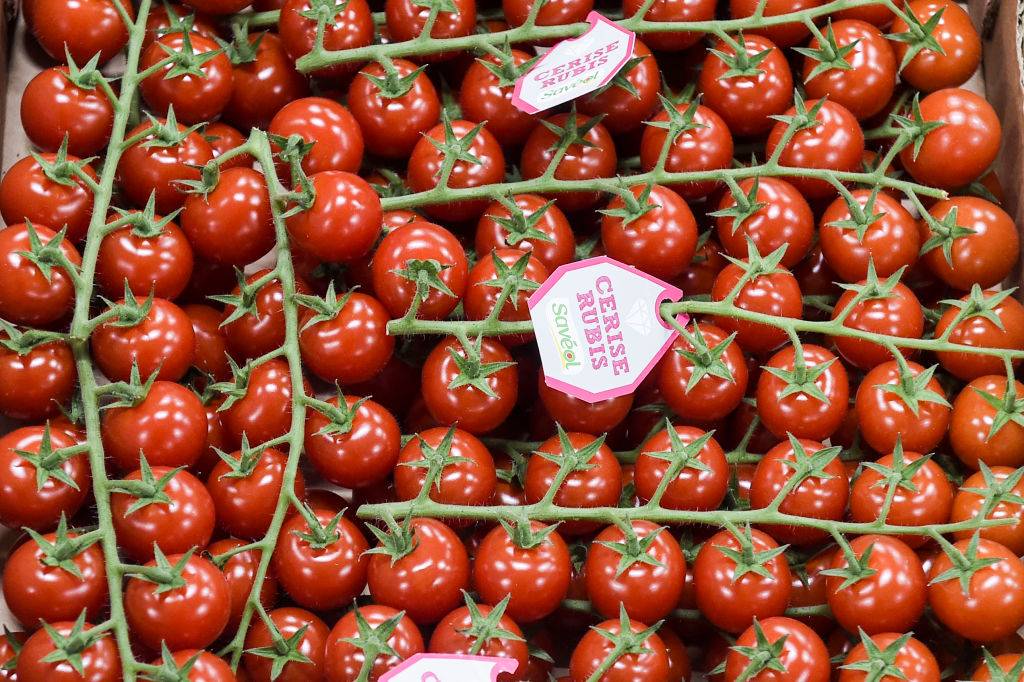
Photo by SEBASTIEN SALOM-GOMIS/AFP/Getty Images
If you take one thing away from this whole article, please do not store tomatoes in the fridge. These delicious, juicy, red fruits thrive in cool, dry, airy environments. Leave them in a bowl on your counter.
If you store tomatoes in the fridge, they’ll quickly lose all of their delicious flavor, texture, and nutrients. Tomatoes stored in the fridge can have a sort of sour taste.
Eggs Aren’t Kept In The Fridge In Some Parts Of The World
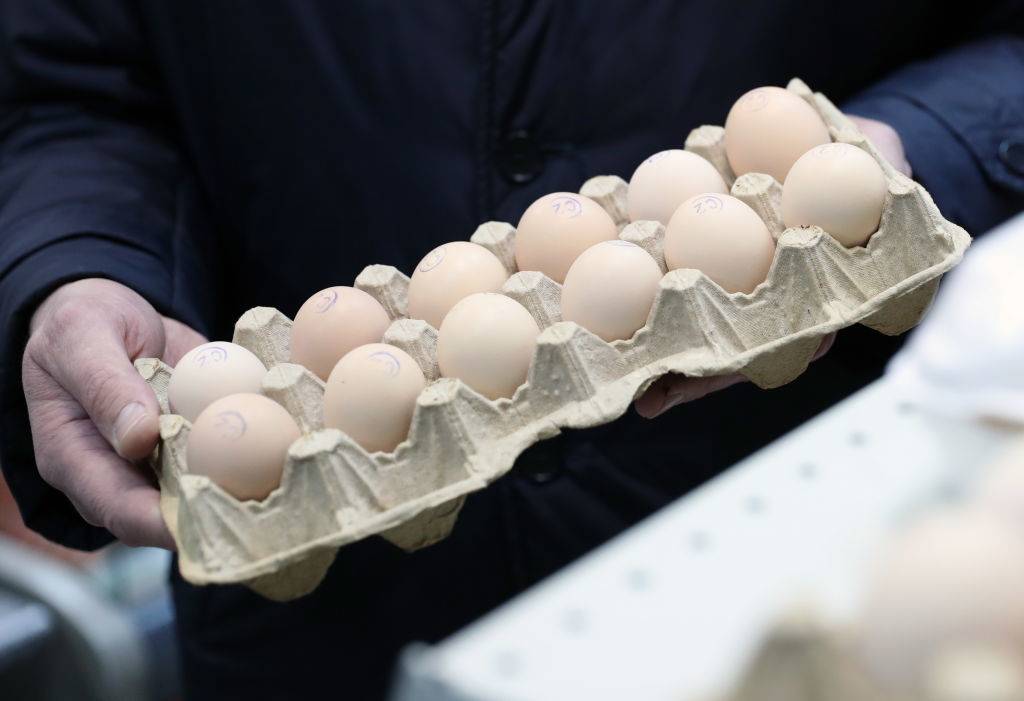
Donat SorokinTASS via Getty Images
In some countries, eggs aren’t kept in the refrigerator in grocery stores or in people’s homes. That’s how it’s done across the pond in the UK. A study recently uncovered there found that it actually makes no difference whether or not you store your eggs in the fridge, so you might as well save yourself some fridge space.
Not so in the US! Please keep in mind that the FDA recommends that eggs be kept in the fridge because they’re usually washed of their protective coating. It’s best to read the full precautionary statement before quitting the fridge on this one.
Don’t Put Flour In The Fridge
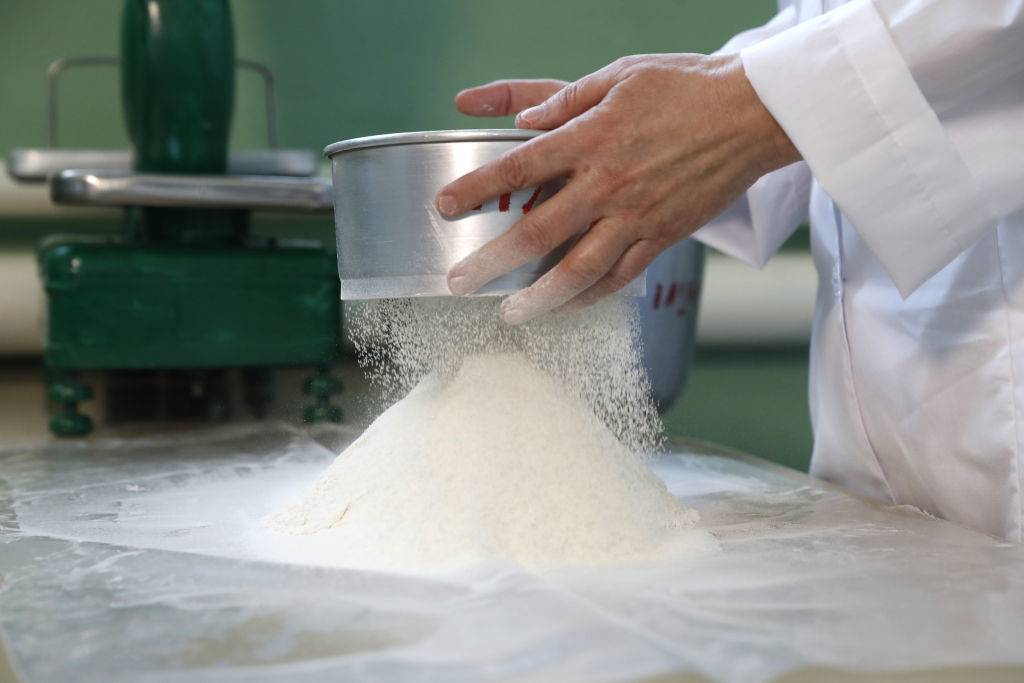
Photo by Artyom GeodakyanTASS via Getty Images
We haven’t met very many people who store wheat flour in the fridge (I don’t think I’ve met any, actually), but just in case you were thinking about putting flour in the fridge, there is absolutely no reason to do so.
Flour should be stored in a dry place and in an airtight container. You can put it in the fridge if you want, but it’s just going to take up a lot of fridge space.
Most Tropical Fruits Like Tropical Environments
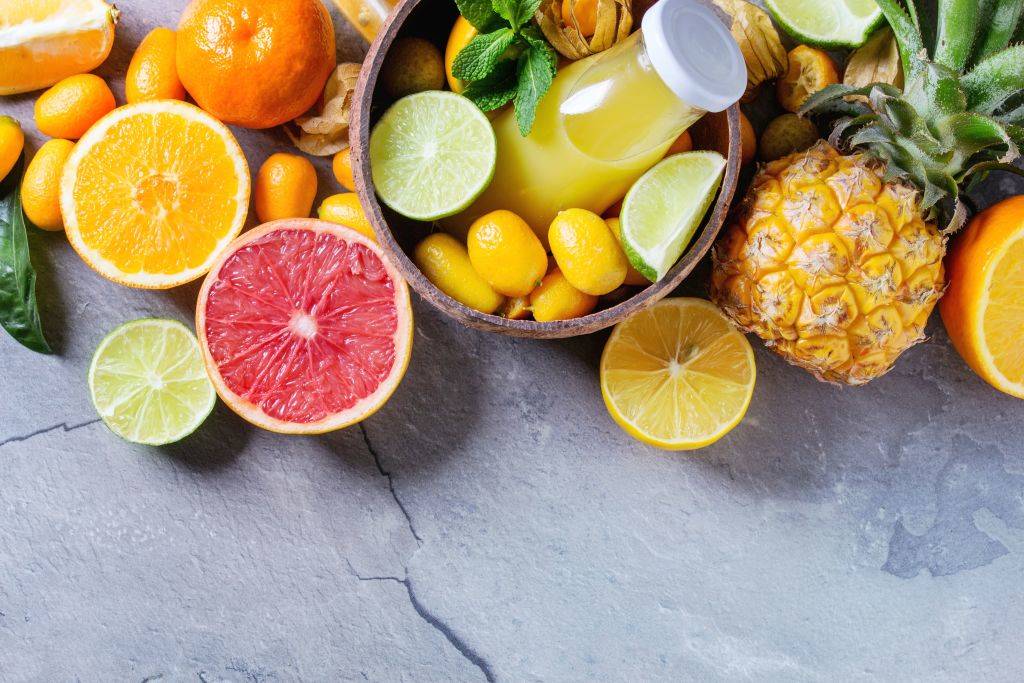
Natasha Breen/REDA&CO/Universal Images Group via Getty Images
Tropical fruits come from tropical places where it’s warm and rainy and the sun is always shining. You don’t want to take a tropical fruit and put it in a cool, dry fridge. That’s the opposite of what it needs.
Fruit like mangoes, plums, kiwi, apricots, and peaches actually ripen at a slower rate in the fridge and they’ll lose flavor and nutrients faster. Just leave tropical fruit in a bowl out on your table or kitchen counter. They’re so pretty to look at, too. Leave them out for everybody to see.
Ketchup Doesn’t Need To Be Stored In The Fridge
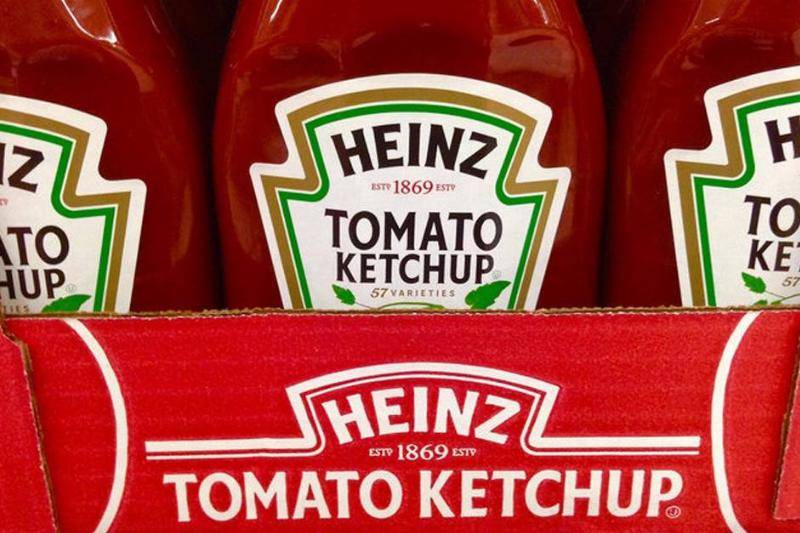
Kraft Heinz Co.
Contrary to popular belief, ketchup doesn’t actually need to be stored in the fridge, even after the bottle is open. That’s why all of those diners can just leave glass bottles of Heinz ketchup out on the tables for hours at a time.
This stuff is chock-full of preservatives. As long as you don’t contaminate it, ketchup can last for a really long time. Now you don’t need to worry when you’re slathering it onto your burger.
Keep Garlic Out Of The Fridge
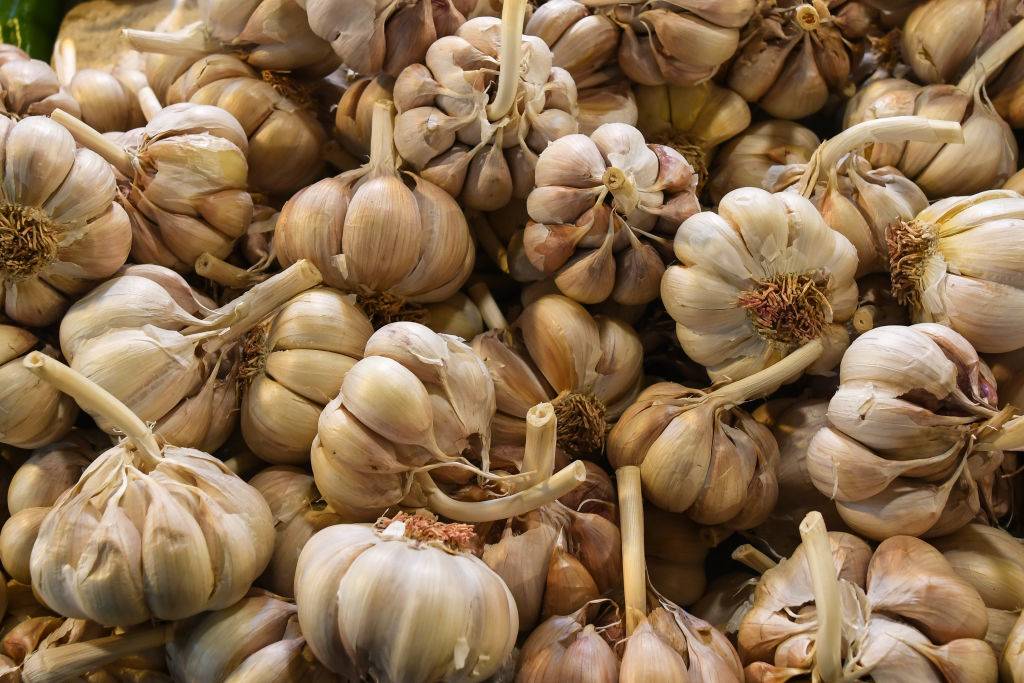
Photo by Artur Widak/NurPhoto via Getty Images
Garlic is another food item that doesn’t need to be stored in the fridge. If you do keep it in the fridge, it can get rubbery and even start to sprout. It can look totally normal, but then when you cut it open, you’ll notice little green sprouts inside.
Leave your garlic in a specialized garlic jar, or even in a pair of breathable nylon pantyhose. You can also peel the garlic and store the peeled cloves in your freezer.
Oh Honey, Don’t Put Honey In The Fridge
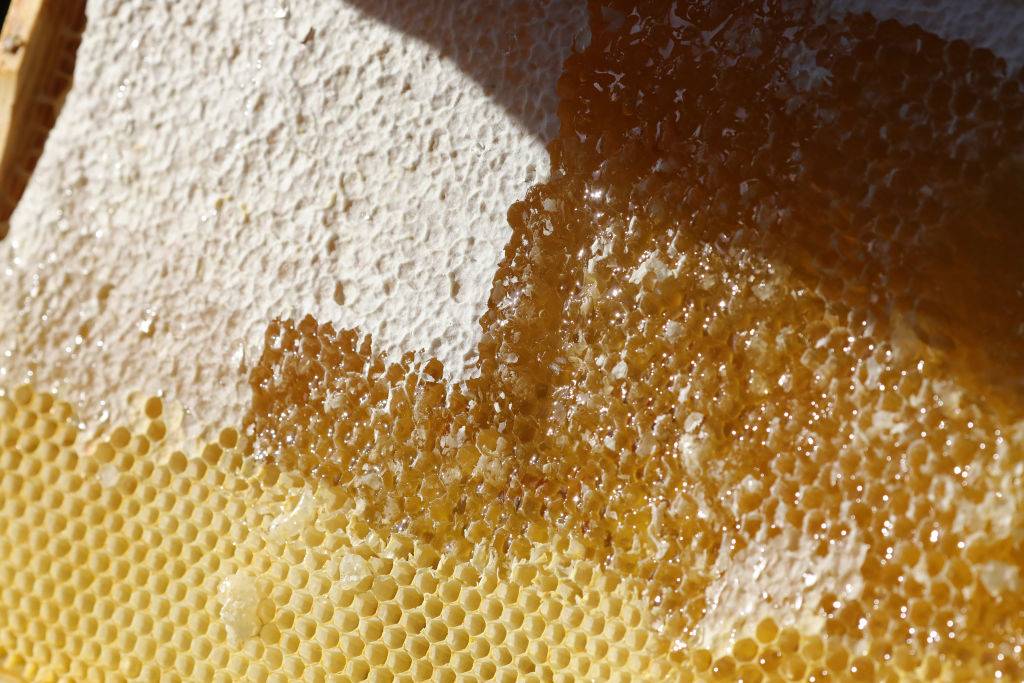
Wolfgang Kumm/picture alliance via Getty Images
It may seem obvious to you, but you really shouldn’t store honey in the refrigerator. The cold air will cause the honey to crystallize, which isn’t great. If your honey does crystallize, just put the whole jar in a warm water bath to dissolve the crystals.
Honey is a natural preservative, so it doesn’t need to be kept in the fridge or freezer for it to last a long time.
Hot Sauce Likes It Hot
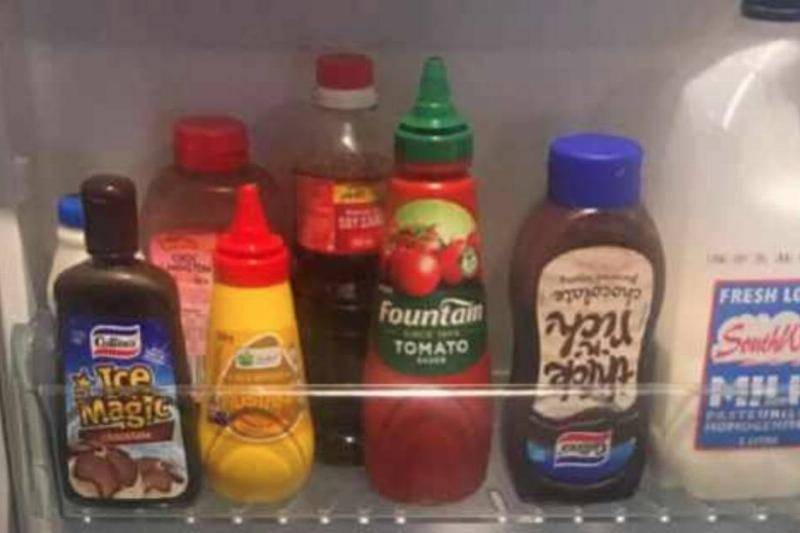
When it comes to any kind of hot sauce, you have to remember that these products have a pretty long shelf life. They’re full of natural preservatives like vinegar and they often don’t contain very many actual fruits or vegetables.
You should store hot sauce away from direct sunlight and keep it in a cool, dry place like a pantry or a cupboard. If you’re a hot sauce fanatic, you might just want to leave it on the table because you know you’re going to use it again with your next meal.
Jam Your Jam Into The Pantry
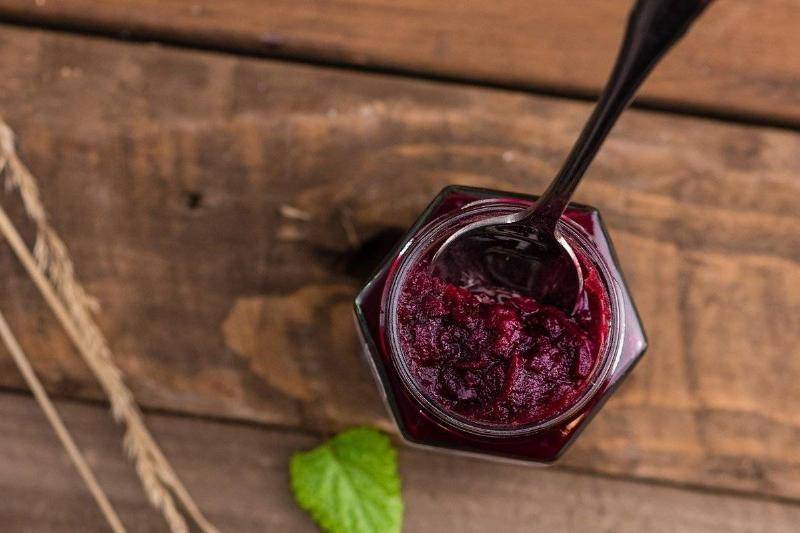
greatdaneinc/Pixabay
Jam is packed with preservatives, both natural and artificial, and it’s literally built to last. Keeping it in the fridge won’t make it last any longer.
What will make it last longer is taking care not to contaminate your jam jar. If you’re having jam with any kind of cheese (by the way, fig jam, pictured here, goes wonderfully with brie, and basically every cheese on the planet) don’t use the same knife to spread your jam and cut your cheese. If you get any cheese in your jam jar, that will make it spoil faster.
Melons Don’t Need To Be Refrigerated
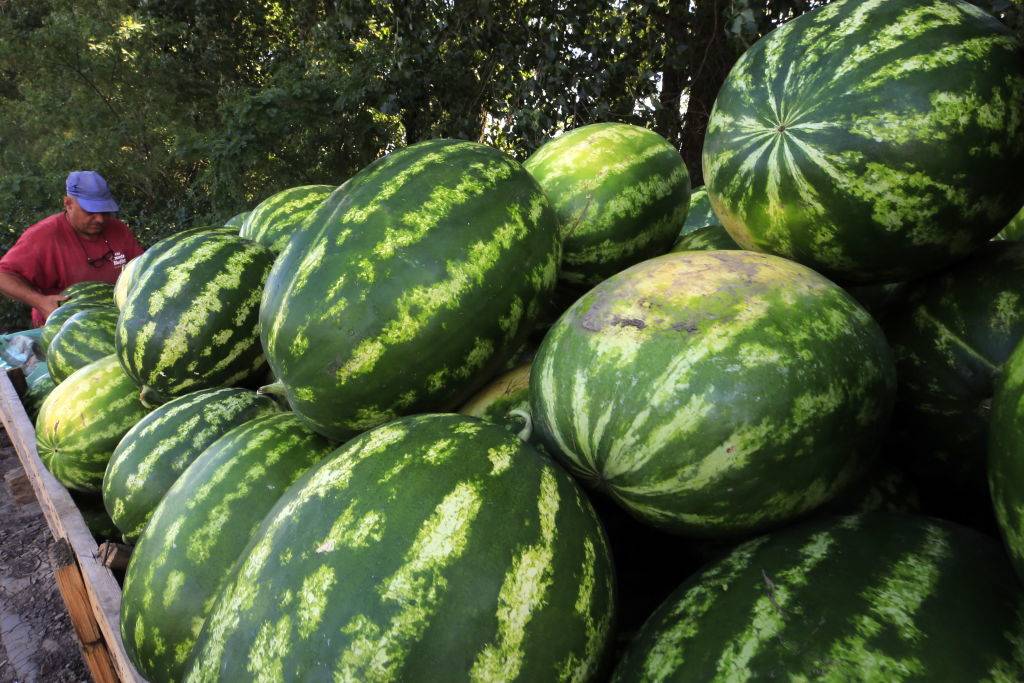
Photo by Valery MatytsinTASS via Getty Images
There is nothing better than a cool slice of watermelon on a hot summer day, but you really shouldn’t be storing your watermelon in the fridge. When kept at room temperature, melons will keep their natural antioxidant levels balanced.
If you want that delicious cold melon, store the melons at room temp, slice them up about an hour before you’re ready to eat them, put those slices in the fridge, and enjoy an hour later.
Leave Olive Oil In The Pantry
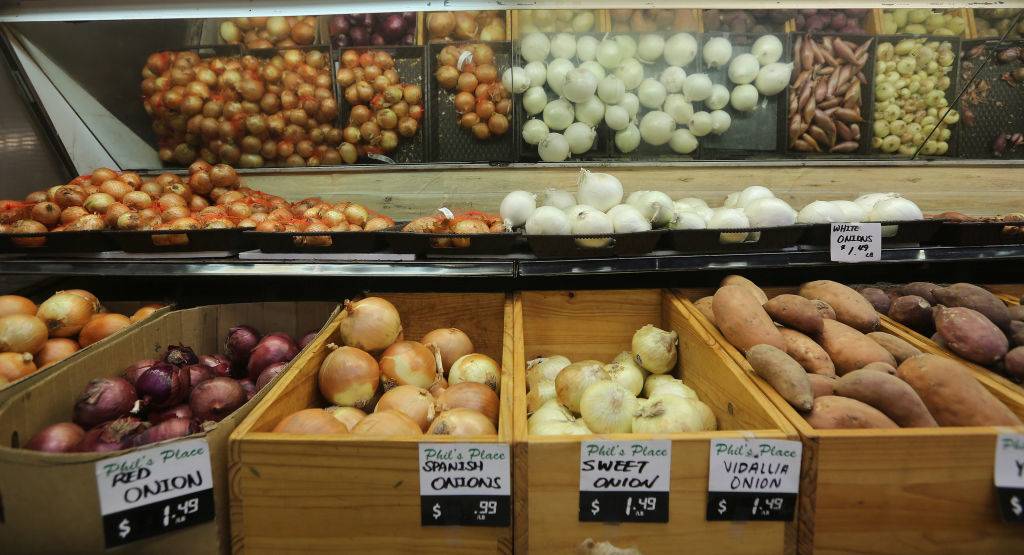
Steve Russell/Toronto Star via Getty Images
Just like garlic, onions can actually turn moldy if you leave them in the fridge. Leave onions in a dark, dry area to keep them fresher for longer. You should have a designated onion drawer to keep them separate from your other pantry food items.
If you have some leftover peeled onion, you can store that in the fridge in an airtight container, but make sure to use it within the next few days.
Don’t Cool Your Pears
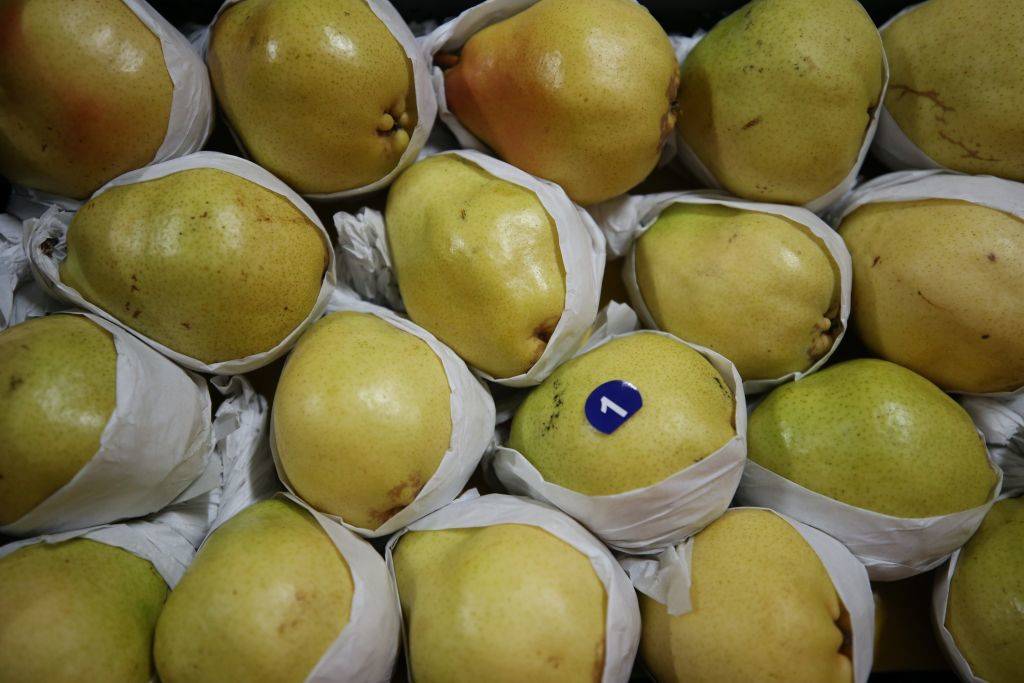
Ali Atmaca/Anadolu Agency/Getty Images
Pears don’t actually ripen on the tree. They ripen at room temperature on grocery store shelves and in your home. Keep them at room temperature to get that perfect pear taste.
Cold air will only delay the ripening process and make the pears taste stale. Once the pears have reached peak ripeness, then you can put them in the fridge to keep them crisp and delicious for longer. Have you tried making poached pears? Poached pears are delicious.
Pick A Peck Of Pickled Peppers

STR/AFP/Getty Images
Peppers definitely don't need to be kept in the refrigerator. That is a total myth. Refrigerator air will preserve peppers and make them last longer, but it will also cause the peppers to taste more dull and flavorless.
Store pepper in a cool, dry place. Yes, this also applies to chili peppers. If you really love peppers, you can even go swimming with them like the man in the photo above.
Pickles Are Preserved
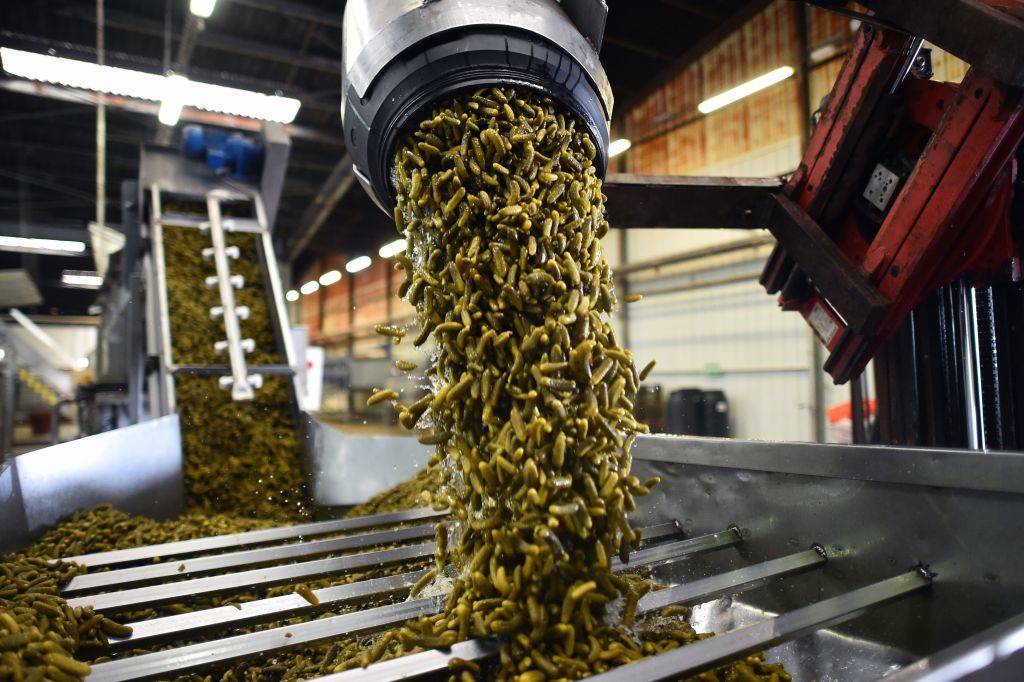
JEAN-FRANCOIS MONIER/AFP/Getty Images
Sponsored Links
Pickles are full of natural preservatives like vinegar and salt, so you don’t need to store them in the fridge. They can stay out of the fridge for three years even after they’re opened. If you really like cold pickles, you can leave them in the fridge, but you don’t have to store them in the fridge.
Save the fridge space if you need it. What kind of pickles do you like? Sweet or sour?
